With the Nikon anniversary upon us I decided, with a good dose of nostalgia and a few geeky camera facts, it might be fun to celebrate the 100 year milestone with a retrospective look at the models I’ve used over the years. What follows are my favourite cameras, photos taken with them and how they helped me develop as a wildlife photographer. And for a simple summing up of how things have really evolved, be sure to check out the D100 vs D500 comparison at the end!
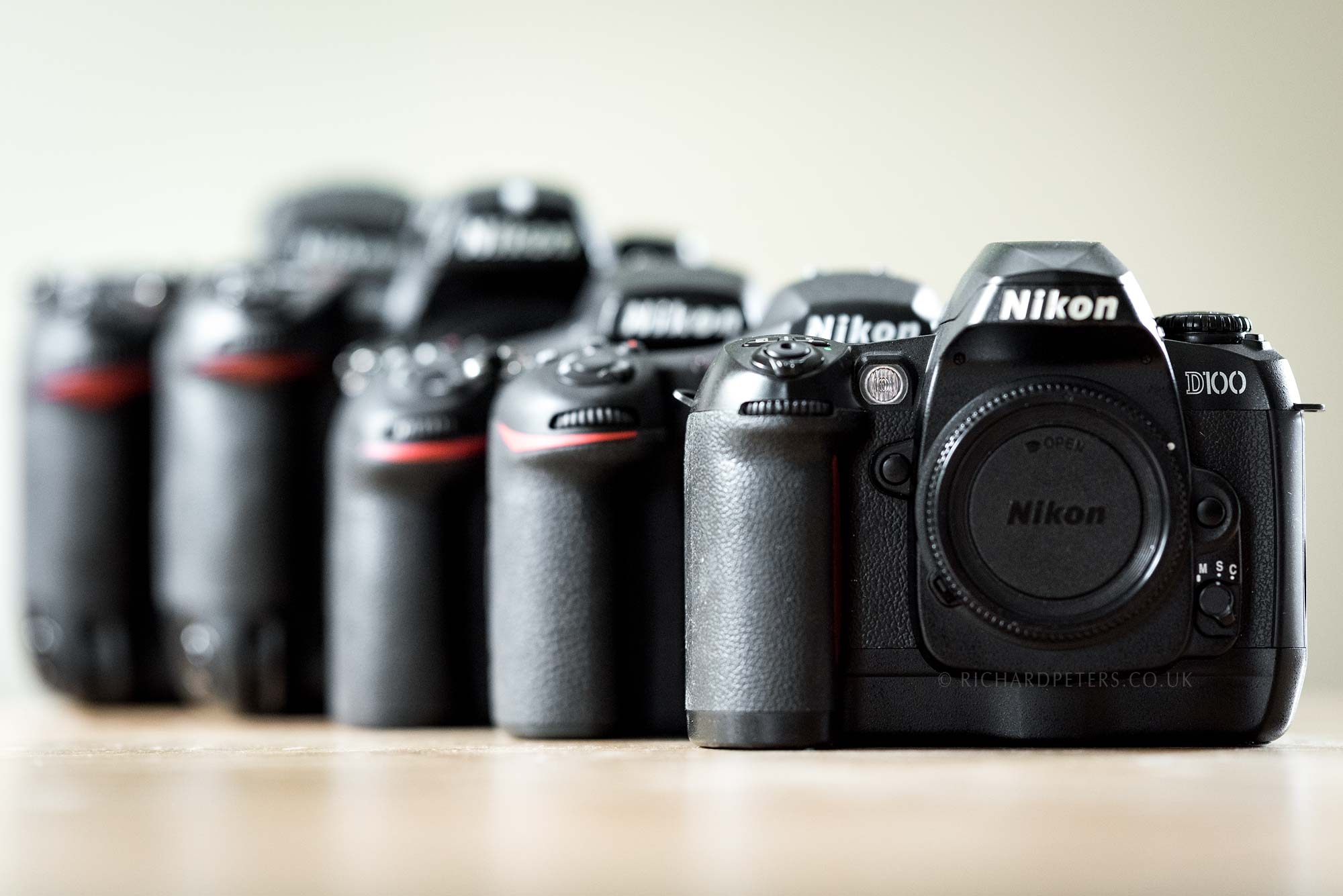
These days we are spoilt for choice with cheap entry level models that pack an impressive punch for the money. It wasn’t quite so when I started out. For many years my photos were taken to the soundtrack of slow moving autofocus gears and the sight of a lens barrel that moved in and out, whilst also rotating. I remember the camera poking me in the eye on more than one occasion, when the front of the barrel was too near an object and the front section would extend out, hit the obstruction and push the camera back at me. Zoos were the worst culprit for that!
What has always remained the same, is that I’ve always shot with Nikon. After fiddling with several cameras in a high street retailer, I found Nikon ergonomics to feel better to me in the hand. Truthfully, as well as that, there was another far more honest reason for my buying decision. I had one friend interested in photography and he shot with Nikon too. He had way better lenses than I could ever afford and I wanted to borrow them! Little did I know that my craftily calculated decision would, many years later, lead to me becoming an ambassador for the brand. The mind boggles.
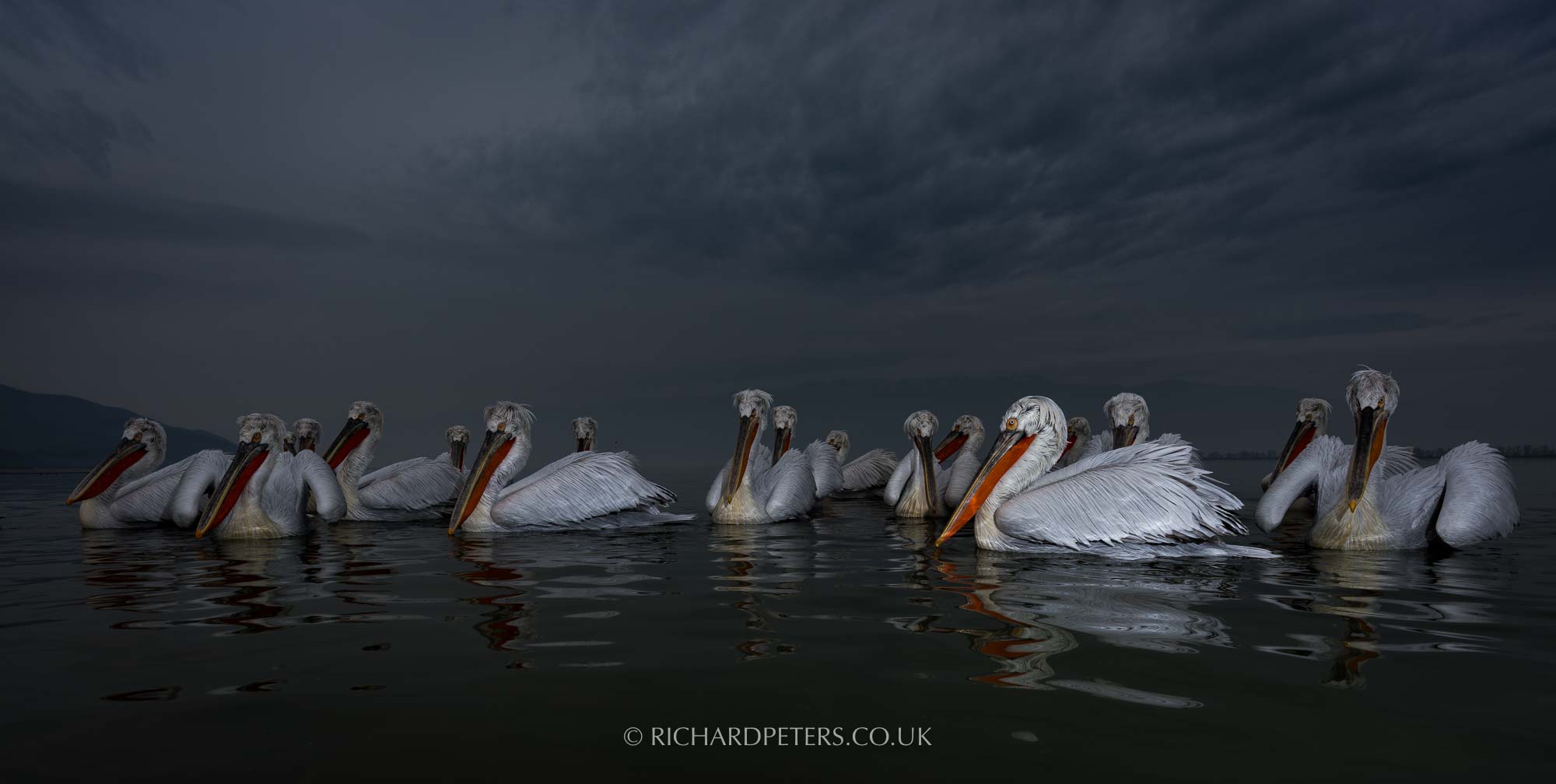
Dalmatian Pelican on Lake Kerkini. Nikon D810.
Nikon anniversary: a quick nod to film
I only used film briefly but it gave me a huge appreciation for those who mastered the craft in the analogue world. It’s not that I’m impatient but waiting a week between taking photos and being able to get them on to my computer wasn’t ideal. It may have been a short spell but I was committed with the mighty Nikon F80 and a Coolscan IV slide scanner. My friend even let me borrow his F5 (you see, I told you it was a cleverly made decision), which was a beast of a camera. I’ll never forget my first experience of hearing what 8 frames per second sounded like, as I wasted an entire roll of 36 exposures in just under 5 seconds, on a heron…flying away from me. Of course the photos were terrible but it took a week for me to find that out because I had to send the roll of film off in the post to be developed. 5 seconds of pure joy taking the photos that, a week later, turned out to actually be £12 worth of disappointment. I really don’t miss the film days.
[clickToTweet tweet=”My first experience of 8fps. Wasting a roll of 36 exposures in under 5 seconds, on the Nikon F5. ” quote=”My first experience of 8fps. Wasting a roll of 36 exposures in under 5 seconds, on the Nikon F5. “]
And then came digital…
My brief flirtation with film lasted for less than a year before the lure of digital became too great. I’ve upgraded a fair number of times since then and to date, I’ve owned 11 different Nikon DSLR models. In order, they are:
D100, D200, D300, D2x, D3, D3s, D4, D800, D3200, D810 x 2, D500
Each of them have had their quirks. Some I enjoyed using greatly and others I wasn’t so enamoured with. My D300, for example, I struggled to connect with. Yet, another wildlife photographer friend of mine absolutely loved his. Other times, I upgraded bodies just because they were new, then later regretted it. These factors and others have, over the years, led me to understand two things:
1) Upgrade cameras is best done when you know why your current one is holding you back.
2) Different camera models don’t just suit different genres but also different photographers.
With that in mind lets get on with the Nikon anniversary celebration. So here is my retrospective look at the models I’ve the fondest memories of using and how they helped me move forward as a photographer. Thanks also to Nikon who had the older models tucked away at the back of a cupboard. Sadly they weren’t working but it was great to borrow them and have memories flood back, especially the D100, which I hadn’t seen for about 13 years. Speaking of which…
Nikon D100, released in 2002
Sensor Size: 6.1mp DX
Frame Rate: 3 fps
Focus Points: 5
Native ISO: 200 – 1600
Price when new: £2099 / $1999
Killer feature: It was digital!
Lens I paired with most: 70-300 kit
Did you know? Forget the modern ways of remote triggering with radio releases and wifi connected smart phones, my shutter release cable for the D100 physically screwed into the shutter button and had a plunger that pushed a rod into it.
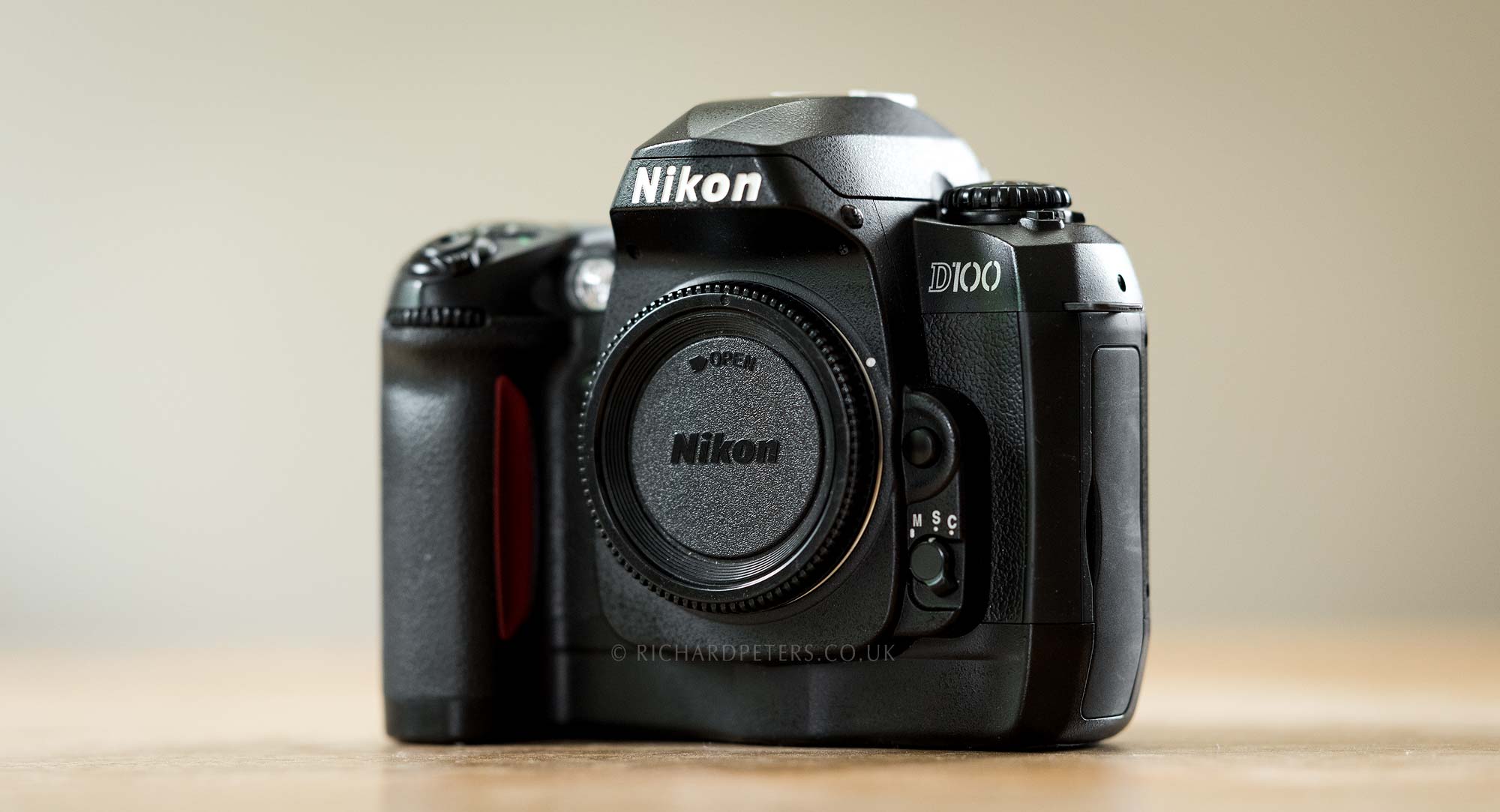
My first ever DSLR. The mighty D100!
With the amount of models on the market these days it seems a little surreal to think when I picked up my first DSLR, Nikon offered only three. Not only that but they had only released the worlds first proper DSLR only a couple of years earlier in 1999, with the D1. When the 6mp D100 may have been the entry level option but it certainly wasn’t cheap. Based on the chassis of the F80 film camera, it all felt very familiar. That is, aside from having a lot more buttons and what seemed an enormous 1.8 inch screen on the back. That rear 118,000 pixel LCD allowed me to see my photos immediately. That made the D100 a true game changer because it became infinitely easier to learn from mistakes, experiment and understand how different settings would have an impact on exposure. I still remember the thrill of the first time I used it, at a zoo, and was able to come home and edit my images the same day. It felt like I was living in the future.
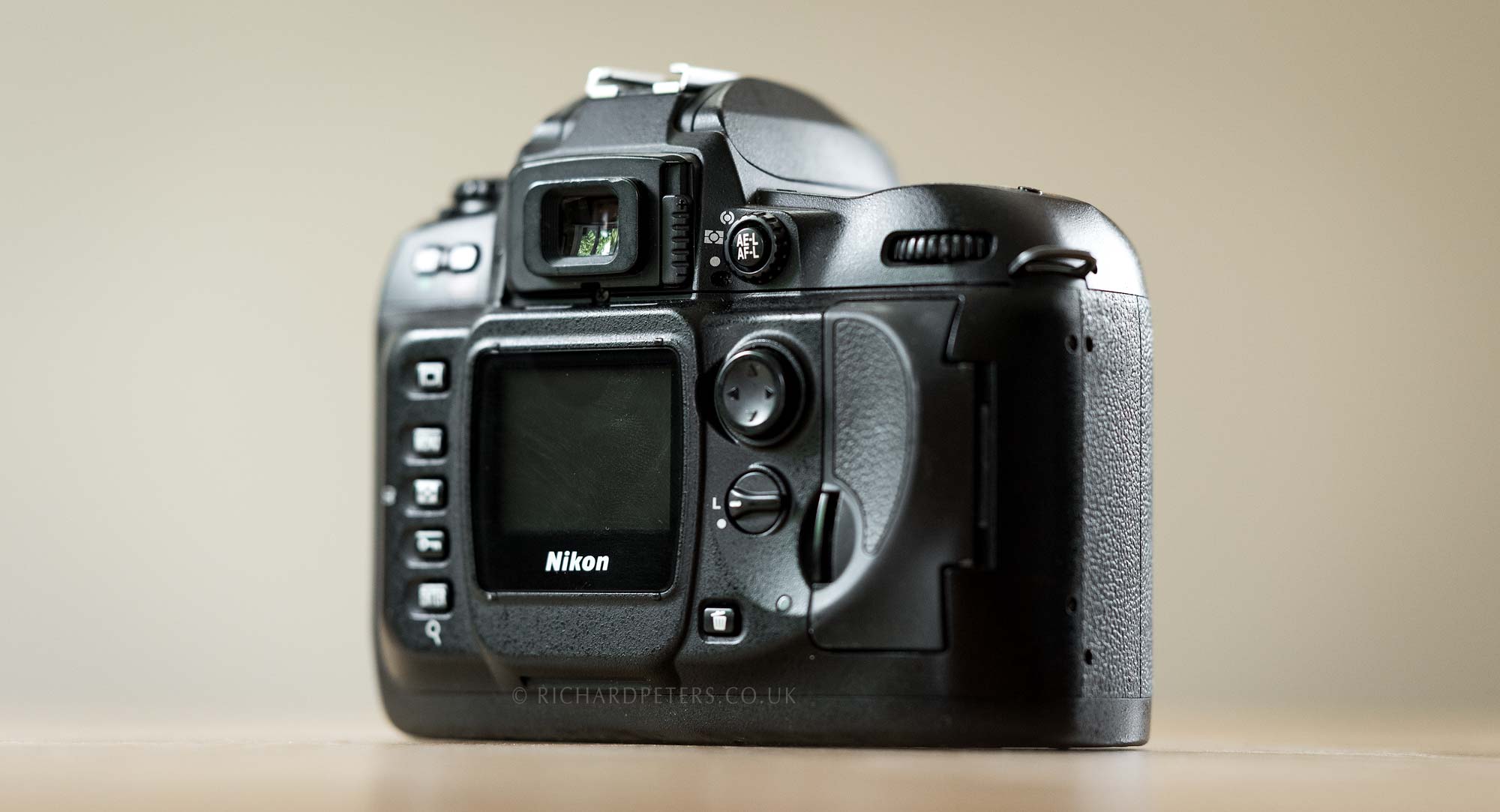
For those that remember them the D100 accepted IBM Microdrives, which were essentially miniature spinning platter hard drives in a memory card (so you can imagine how robust they were not and slow they were). By the time I saved up enough to buy the D100, there was a sale on so I was able to buy the more modern and faster Compact Flash storage. My first ever card was a 1GB Sandisk Ultra, with lightening fast 20/mbs performance. Better yet, it was reduced from £299 to a bargain £199! The freedom of being able to take more than 36 photos at a time, and with no additional costs after the fact, was amazing. Although, with 3 frames per second shooting speed, a buffer size allowing for only 4 RAW files and over 5 seconds needed to clear enough data to allow the camera to fire another single shot, it was a slow and frustrating process to capture bursts of images. Certainly not a camera you’d associate with todays wildlife photography needs. But then again, if you wanted speed, you had the high end D1h model, whose 3mp sensor allowed for a speedy 5fps.
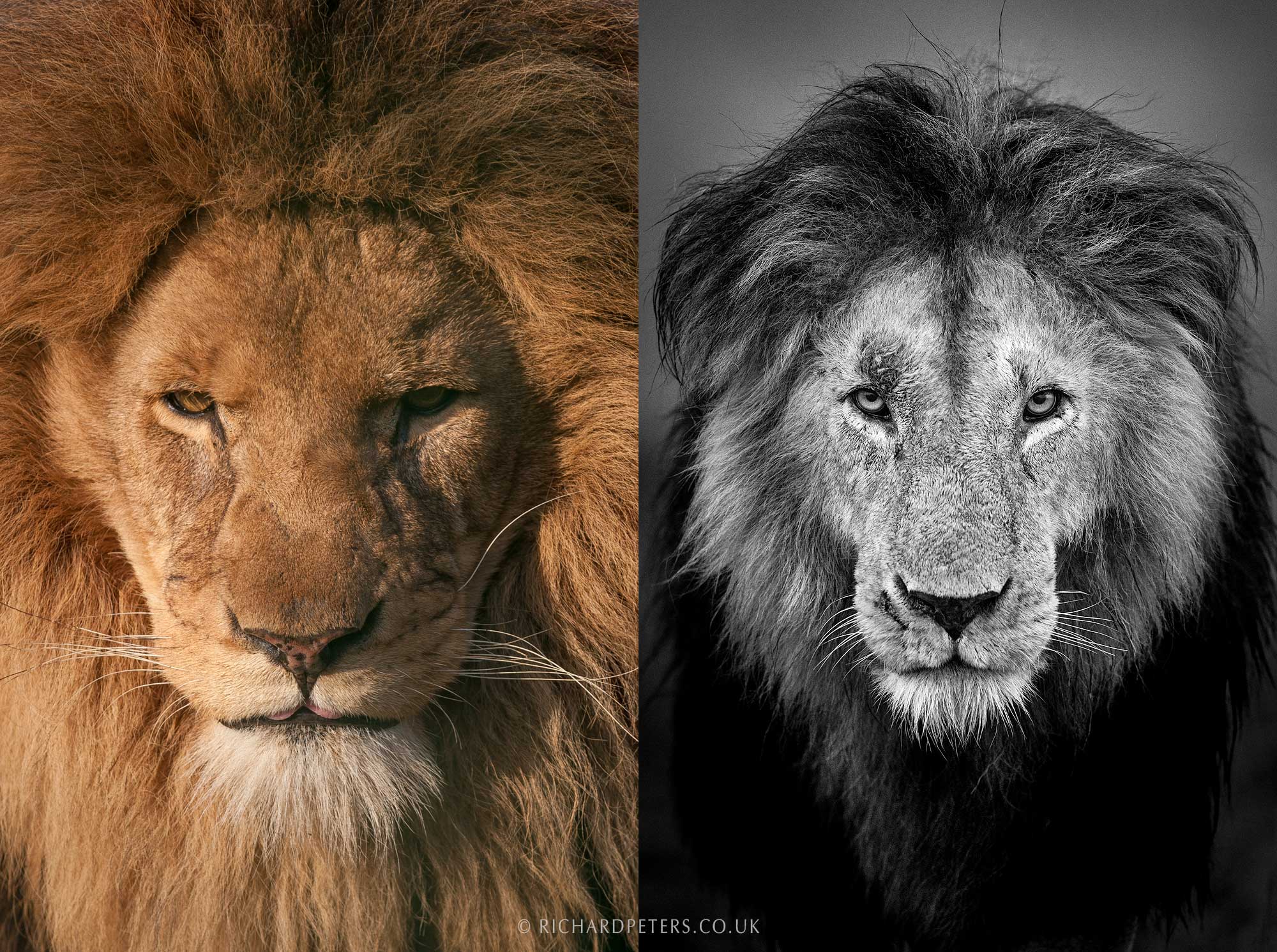
12 years apart. D100 zoo lion, 2004. D810 wild lion, 2016.
Looking back at it now, with its postage stamp screen and vast regions of empty space around the button placements, it may seem odd that I hold the D100 in such high regard. Even though I only used film for a brief period, it simply comes down to the fact I’ll never forget the feeling of sheer amazement that the instant feedback the D100 gave me.
Nikon D2x, released in 2004
Sensor: 12.4mp DX
Frame Rate: 5.3 & 8fps in HSC
Focus Points: 11
Native ISO: 100 – 800
Price when new: £3499 / $4999
Killer feature: HSC (High Speed Crop Mode)
Lens I paired with most: 200-400 VR
Did you know? Shooting at 8fps, the D2x was saving me roughly £1.50 per second in film processing costs, compared to when I last experienced the same speed, with the Nikon F5.
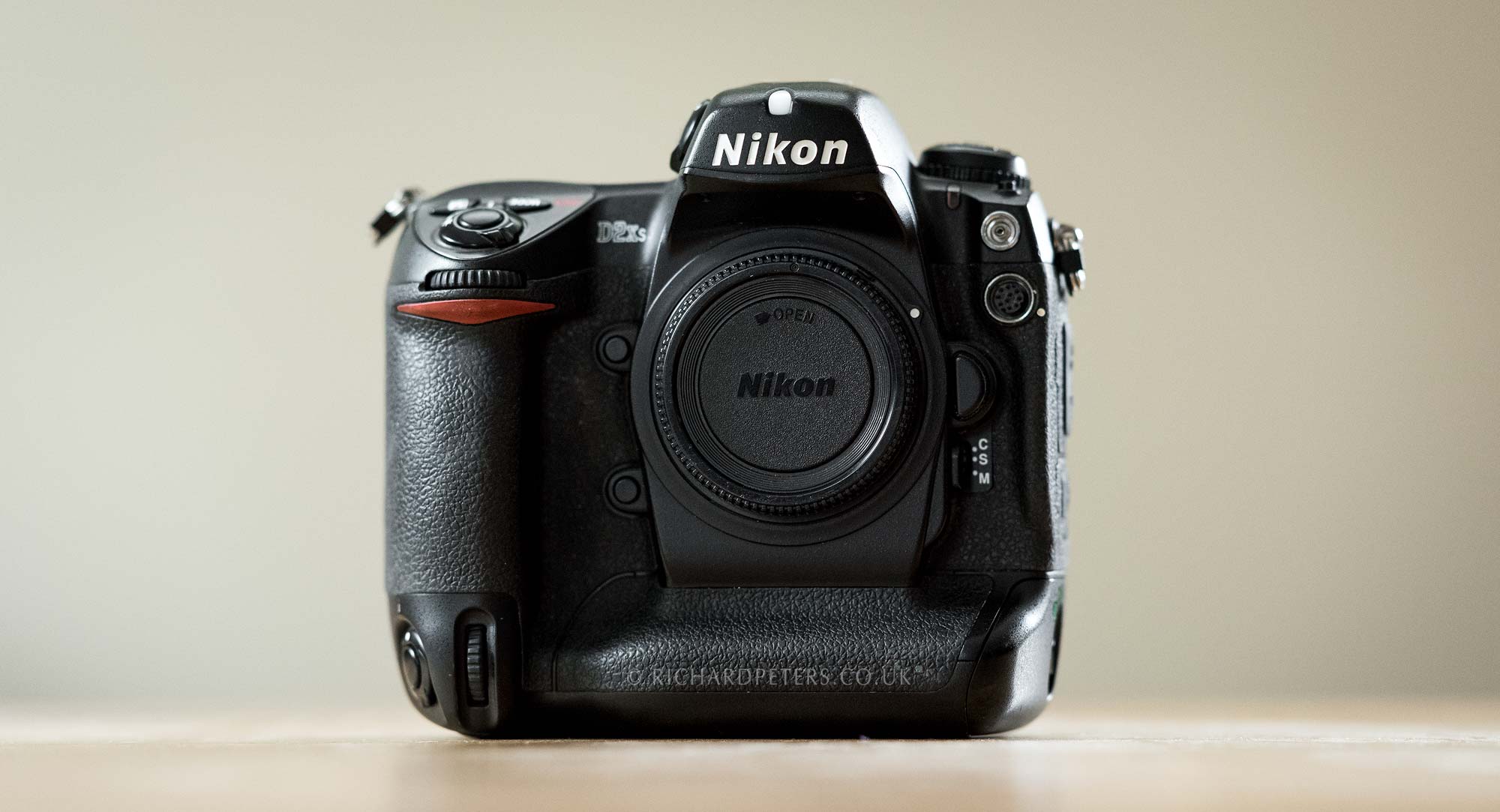
The Nikon D2 series, with its unmistakable external WB sensor.
Having spent a few years using lower end models with the D100 and D200, the 12mp D2x was my first professional body. I couldn’t afford a new one, instead picking it up second hand when owners were upgrading to the newer D2xs (pictured). The D2x was also my first introduction to high end focus performance and what we now know as the DX Crop Mode. On the D2x, it was known as the High Speed Crop Mode because the main selling point was an increase from the standard 5.3fps to a blisteringly fast 8fps. This was revolutionary to me for capturing action and fast moving wildlife. Admittedly, it was also responsible for briefly turning me into someone who just held their finger on the shutter release for anything that moved, and even things that didn’t! I couldn’t help it, I just loved the sound of the shutter at full speed.
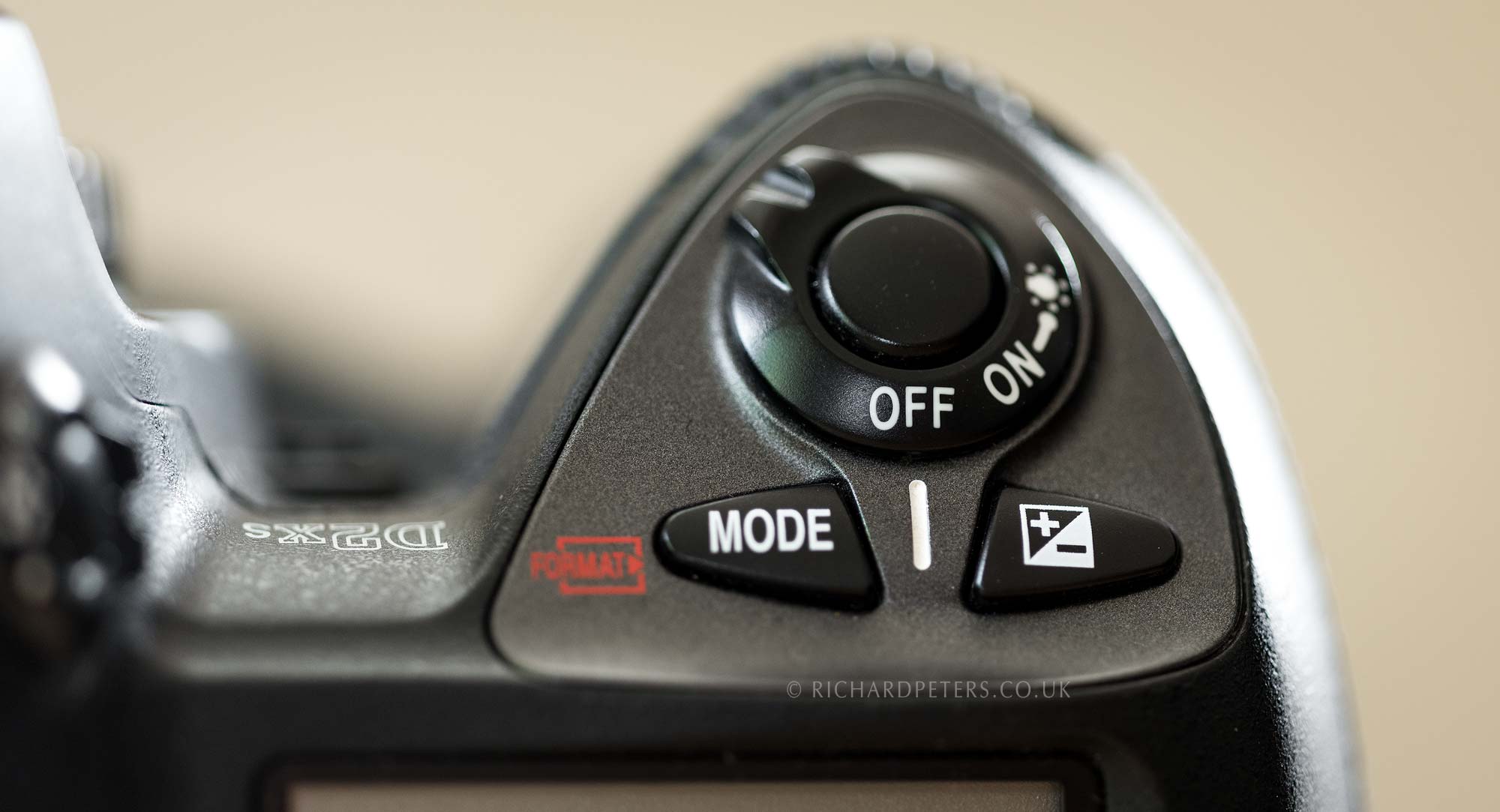
The D2 series had more angular buttons and styling.
Where the D2x came up a little short was in ISO performance. With a native range topping out at only 800, which was a full stop less than my previous DSLR, the D200, it felt a little limiting given how good everything else was. Regardless, it will always stand out as one of my favourite Nikon models thanks to being my first professional body. Paired with my first high-end lens, the 200-400, it was an excellent setup. In fact it was that combination of kit, and using High Speed Crop Mode, that enabled me to take a photo which to this day, remains my most stolen. Spring Lamb.
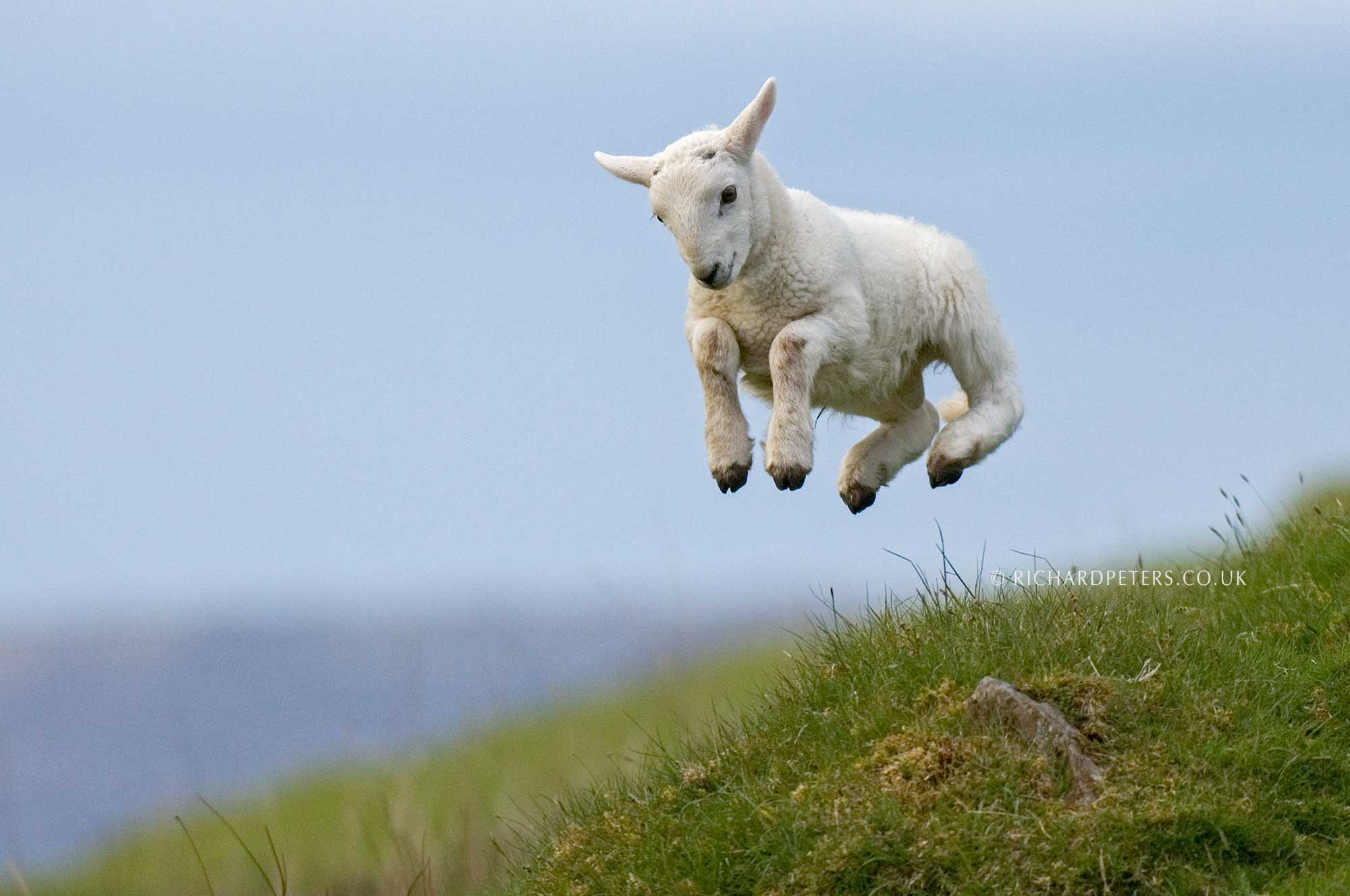
The D2x HSC enabled me to capture this lamb, mid-leap.
On the subject of theft, sadly my time with the D2x came to a premature end in 2007 when my house was burgled and it too was stolen. The naughty little intruder grabbed my camera bag which had both the D2x and my recently purchased 70-200. Thankfully, they missed the other bag which housed my 200-400.
Nikon D3, released in 2007
Sensor: 12.1mp FX
Frame Rate: 9fps
Focus Points: 51
Native ISO: 200 – 6400
Price when new: £3599 / $5199
Killer feature: Full frame ISO performance
Lens I paired with most: 600mm f4
Did you know? The D3 was the first Nikon DSLR that featured dual compact flash card slots.
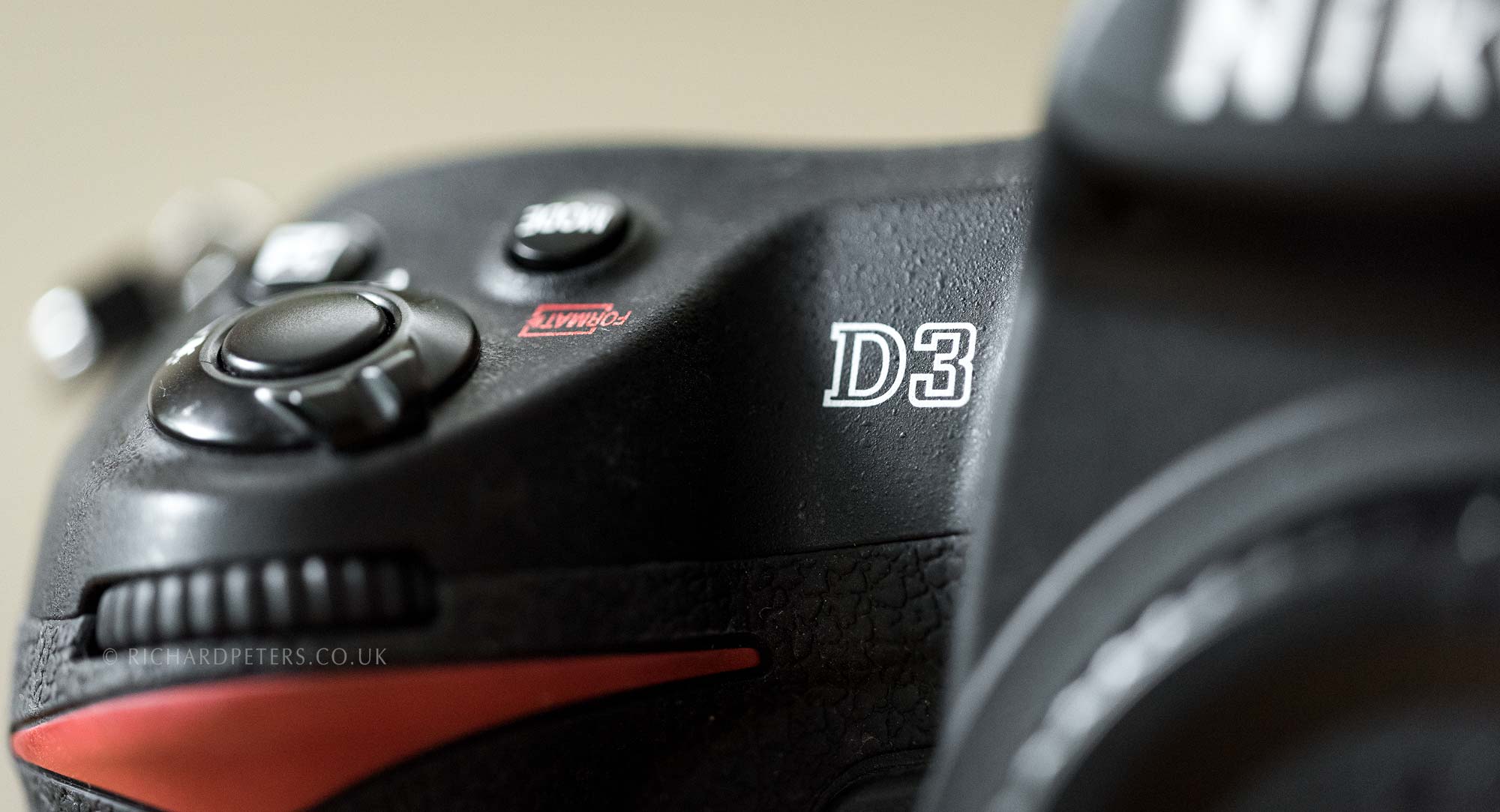
The previously mentioned burglary enabled me to get the new FX (full frame) D3. Replacing the dated angular look of the D2 series, the D3 featured a softer and more rounded design. As the first FX model Nikon produced, it also stunned the world and set a new standard in ISO and Autofocus performance. I remember the first shot I took at ISO 800 and being blown away. Essentially it looked noise free compared to the D2x it replaced. For me, the D3 was the first ‘no compromise’ camera I owned, with performance that exceeded my expectations in every way. The only real issue the D3 faced was being slightly overshadowed by its almost identically spec’d smaller brother, the D700. That was addressed with the upgraded D3s which introduced several additional features such as another noticeable improvement in ISO performance, a larger buffer, the ability to shoot video and sensor cleaning, to name a few.
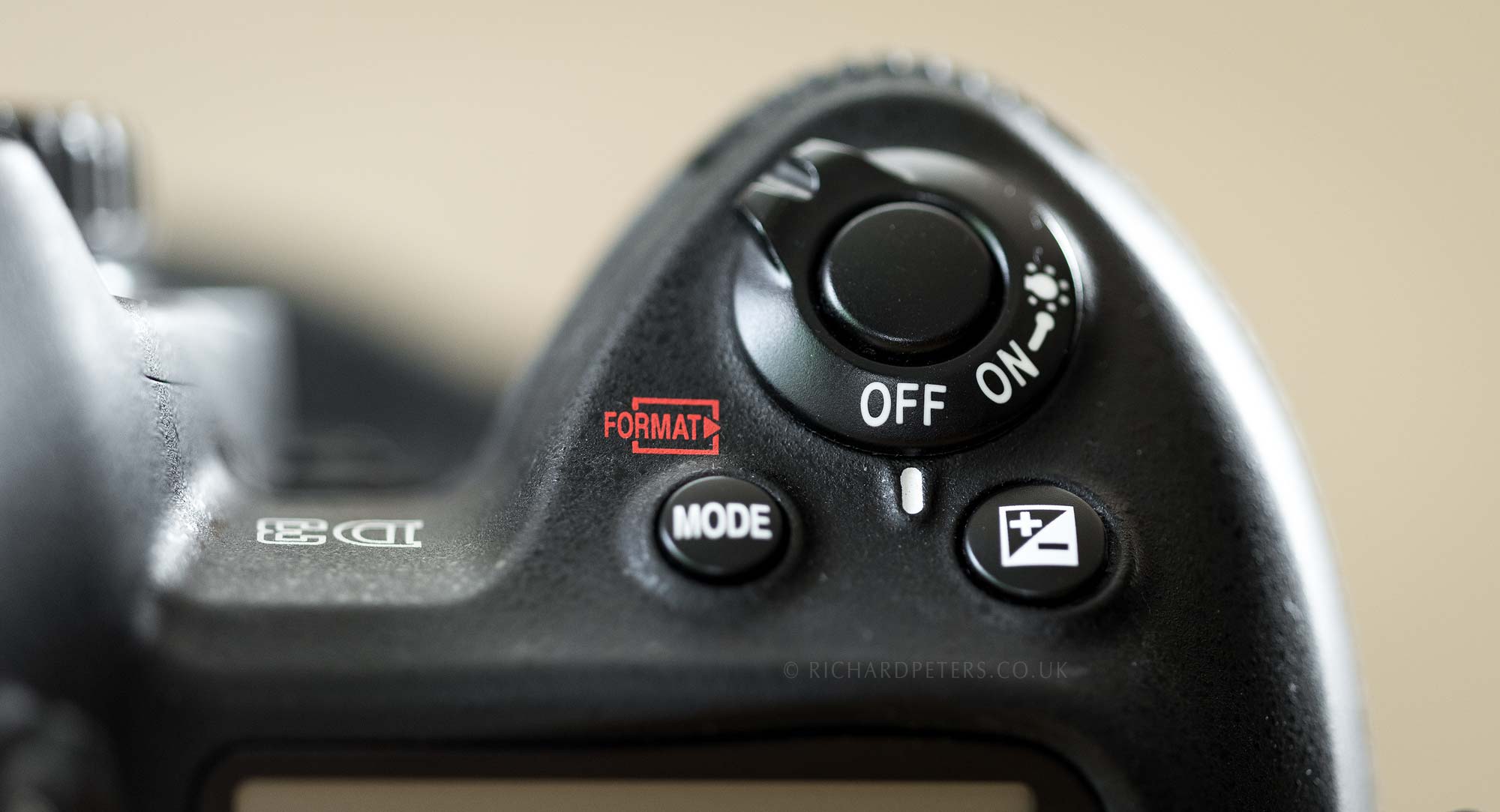
The D3 series introduced the more modern, rounded button style.
The only downside I found with moving from DX to FX sensors was in retaining the same 12mp resolution of DX. Suddenly, my 200-400 felt like it had lost a big chunk of reach, as the equivalent DX sensors provided 1.5x the equivalent field of view. It was the D3 series and move to FX that prompted me to upgrade my telephoto. As luck would have it, my friend was selling his 600mm AF-S II to upgrade to the 600 VR, and offered it to me at a very good price, just about making it a financially realistic option.
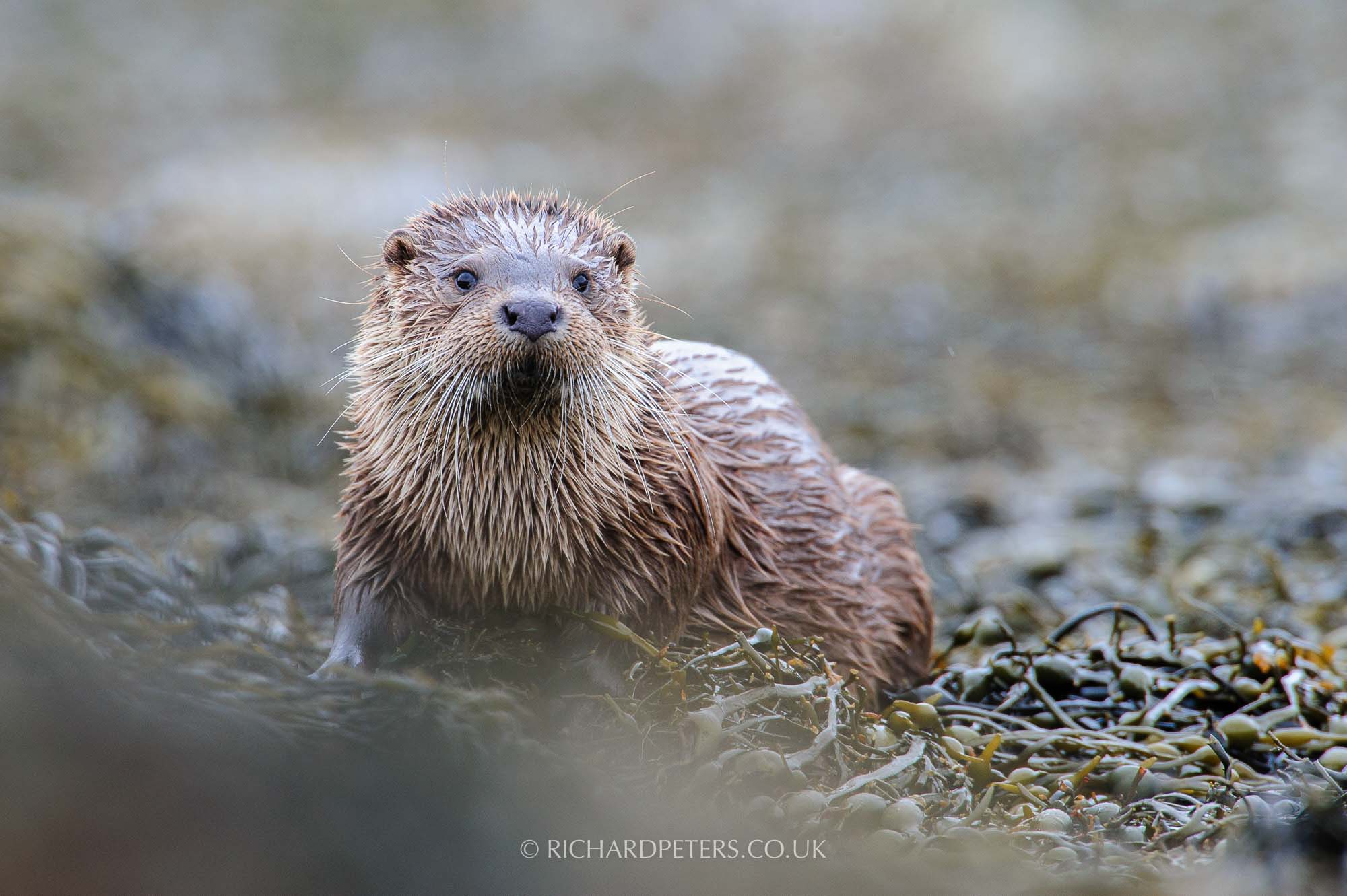
One of my first experiences of clean ISO 800 with the D3.
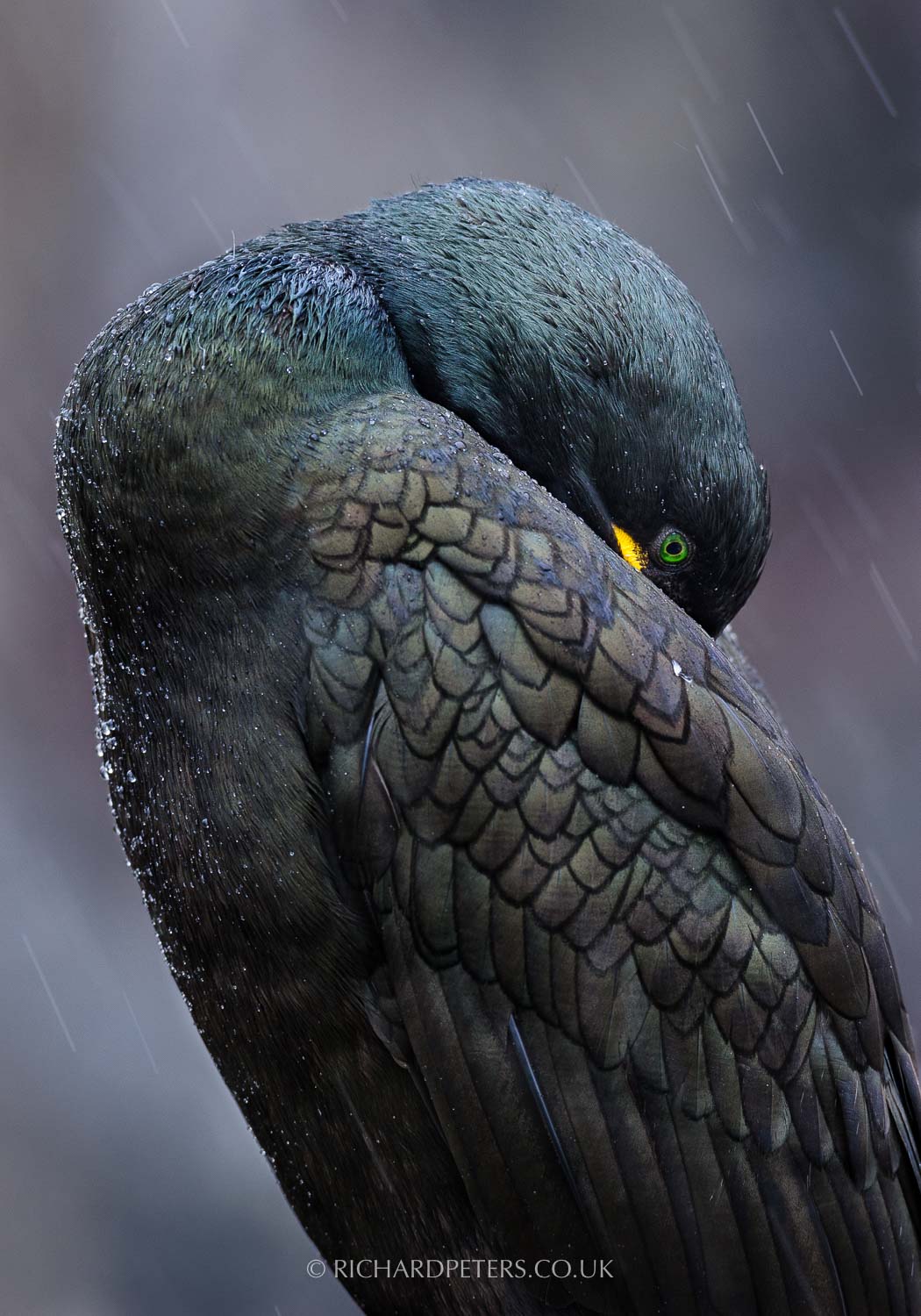
The D3s raised the bar again with clean ISO 2000.
Whilst the D3 was the revolutionary model, also being my first FX body, the latter D3s is actually one of my favourite cameras of all time. In either flavour though, it was a game changing camera. If you’ve been shooting digital long enough to remember how astronomical the leap in ISO performance was when the D3 arrived, you’ll know just how unbelievable it was to see those first clean images appear on your screen. Of course that sort of performance is expected from even cheap DSLR’s these days, so recent gains in ISO performance have never quite had that ‘wow’ factor as when the D3 series broke all the rules. When I eventually upgraded my D3s and moved on, I missed it tremendously. The D3 series is a classic part of Nikons history, no doubt about it.
More than that though, they are the cameras that I was shooting with when photography finally transitioned from a casual hobby to a more serious endeavour. So I hope you’ll forgive me for posting images taken with both cameras, despite technically only listing the original D3.
Nikon D810, released in 2014
Sensor: 36.3mp FX
Frame Rate: 5fps FF & 6fps DX crop
Focus Points: 51
Native ISO: 64 – 12,800
Price when new: £2599 / $2999
Killer feature: Resolution
Lens I paired with most: 400E FL
Did you know? It may not be considered fast by todays standards but with the same 5fps shooting speed, the 36mp D810 shifts 1100% more pixels than what was Nikons fastest model, the 3mp D1h, back when I purchased my first DSLR.
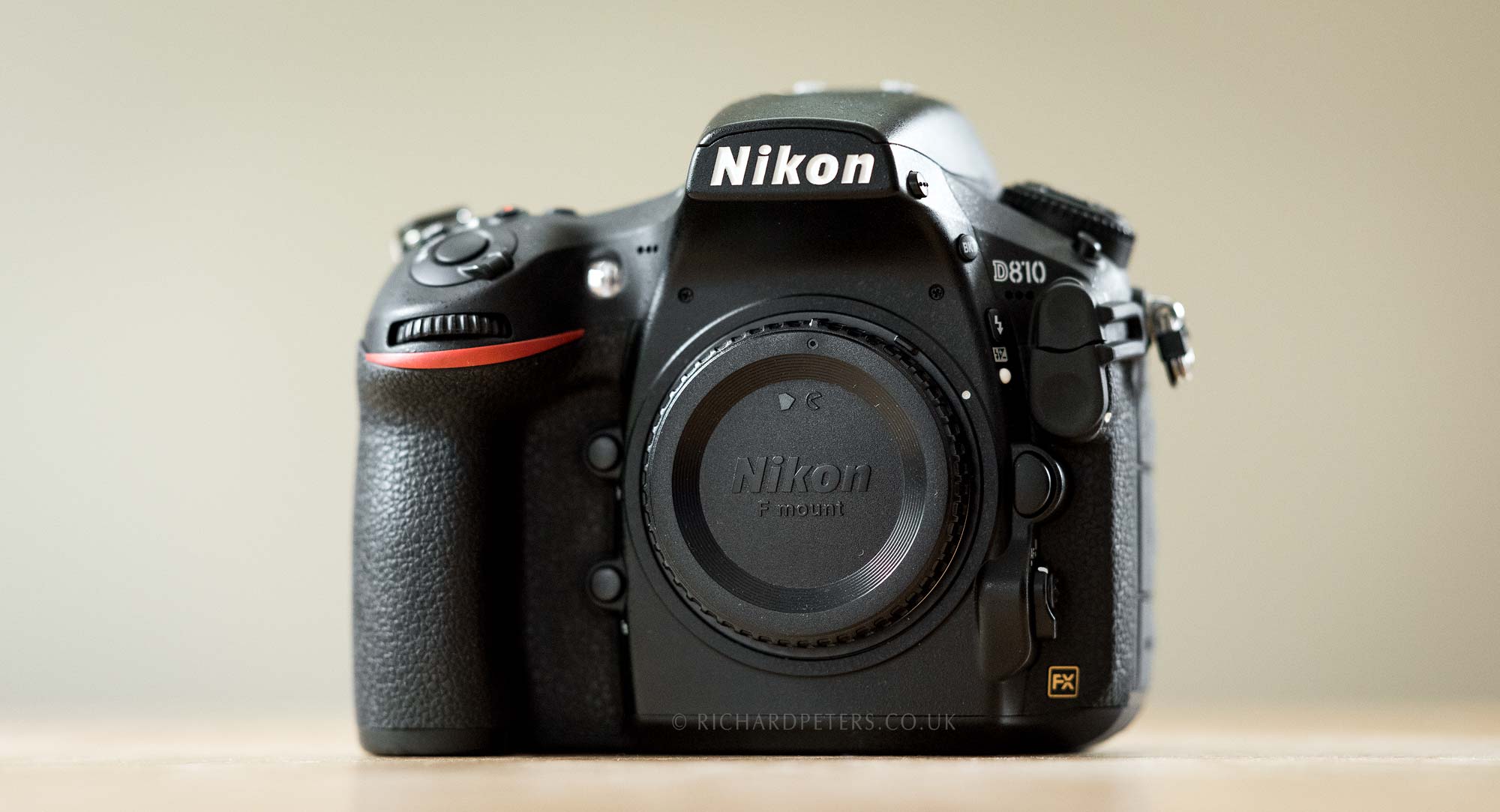
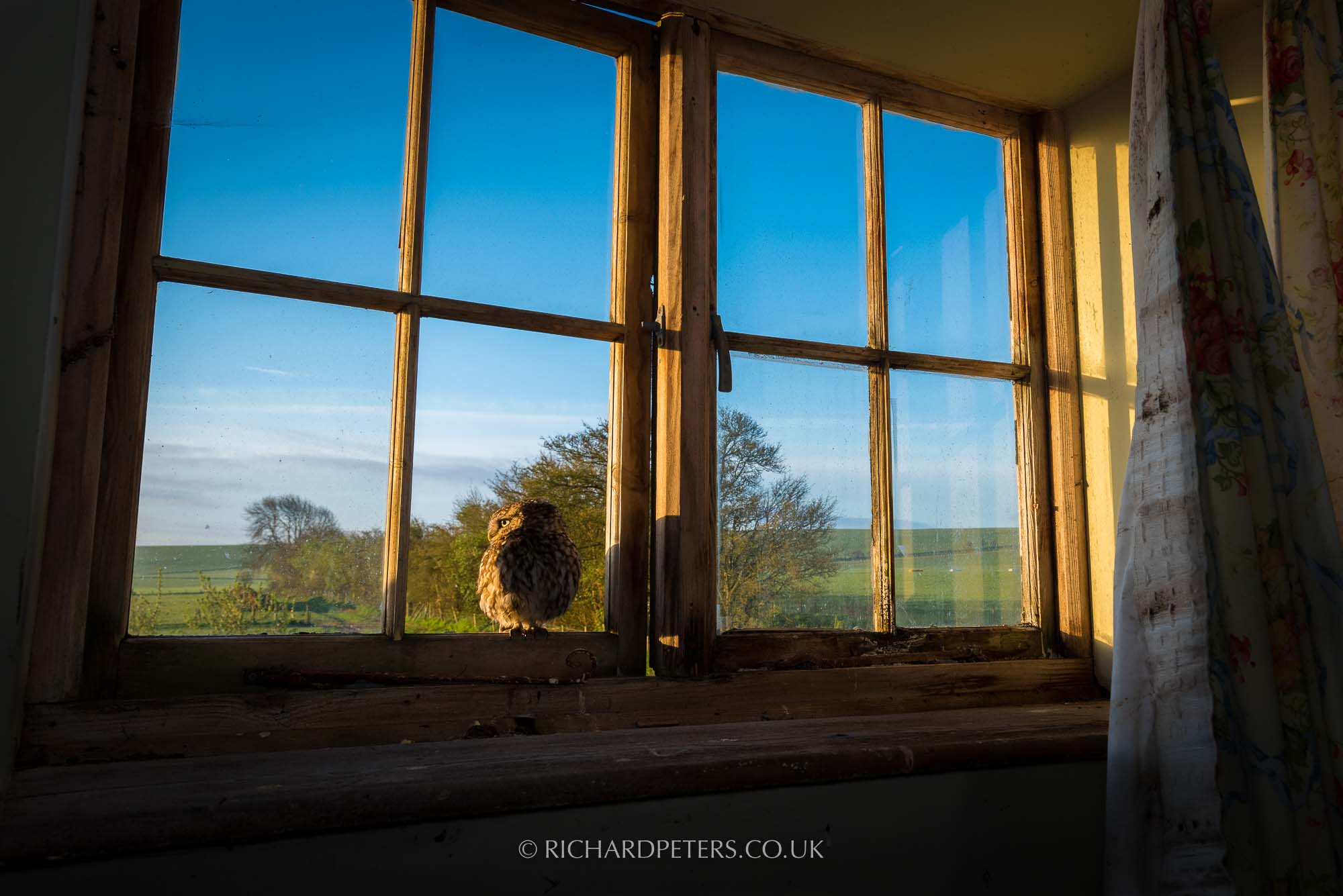
When Nikon released the original 36mp sensor with the D8xx series, I jumped straight on it as a backup to my D4. I later regretted the decision not to get the ‘E’ version, which bypassed the optical low pass filter to offer sharper results. The D800 was much slower than I was used to but I quickly found it becoming my main body, relegating the D4 to backup duties.
The resolution on offer was ground breaking, leaping clean over the old 24mp D3x, Nikons first high resolution model. I did really like the D800 but I think it always niggled at me that it was in someway handicapped compared to the D800E. Of course it wasn’t but knowing there was even better image quality to be had, for some reason left me disappointed. Stupid I know. When the D810 was announced, with the complete removal of the optical low pass filter, a marginally increased frame rate and improved autofocus, it was an obvious upgrade that led me to selling the D800 and D4, replacing both with D810’s. The detail captured in my wildlife photos and image quality at low ISO is exceptional.
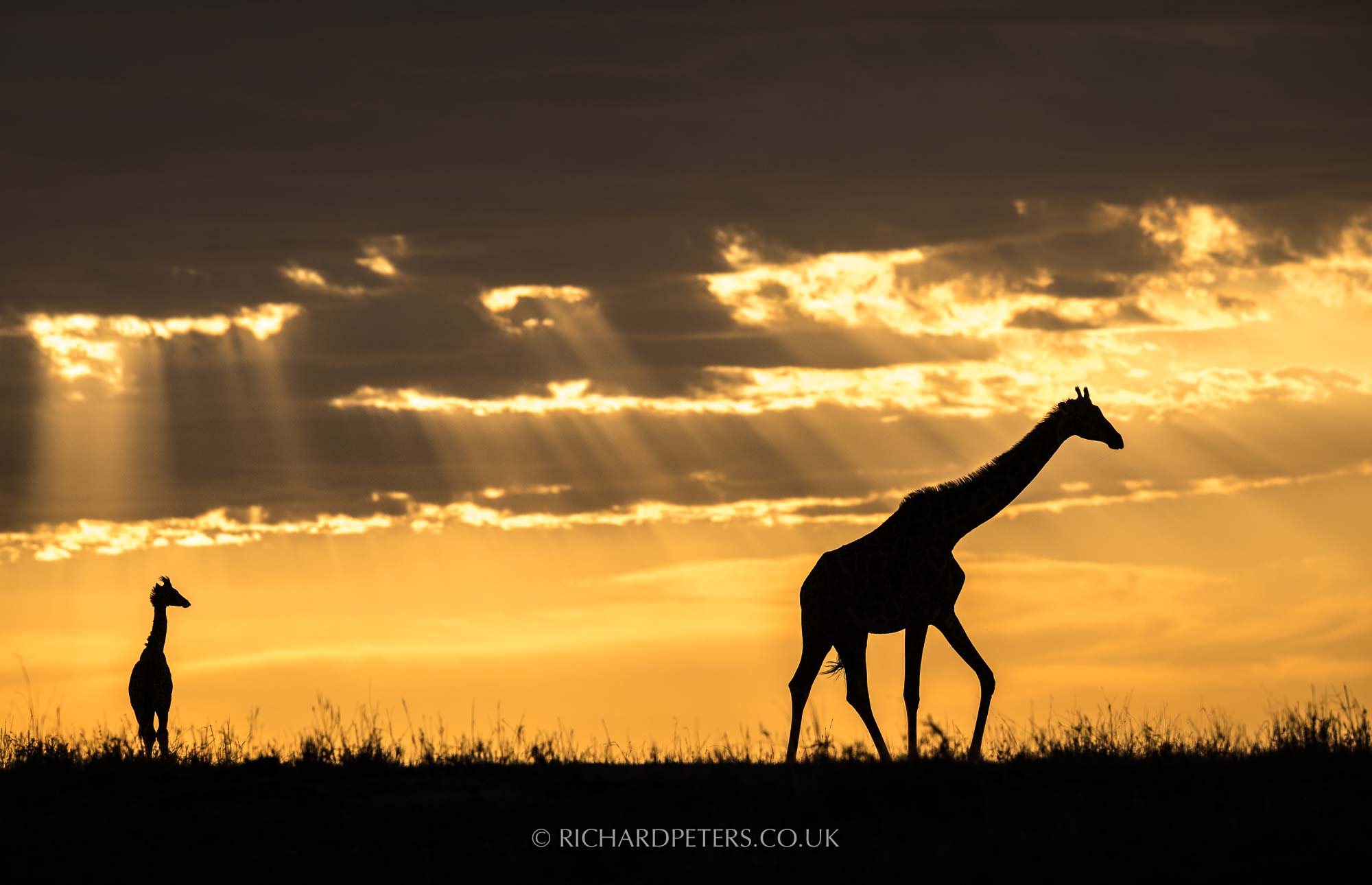
From my back garden to the Maasai Mara, the D810 has never skipped a beat.
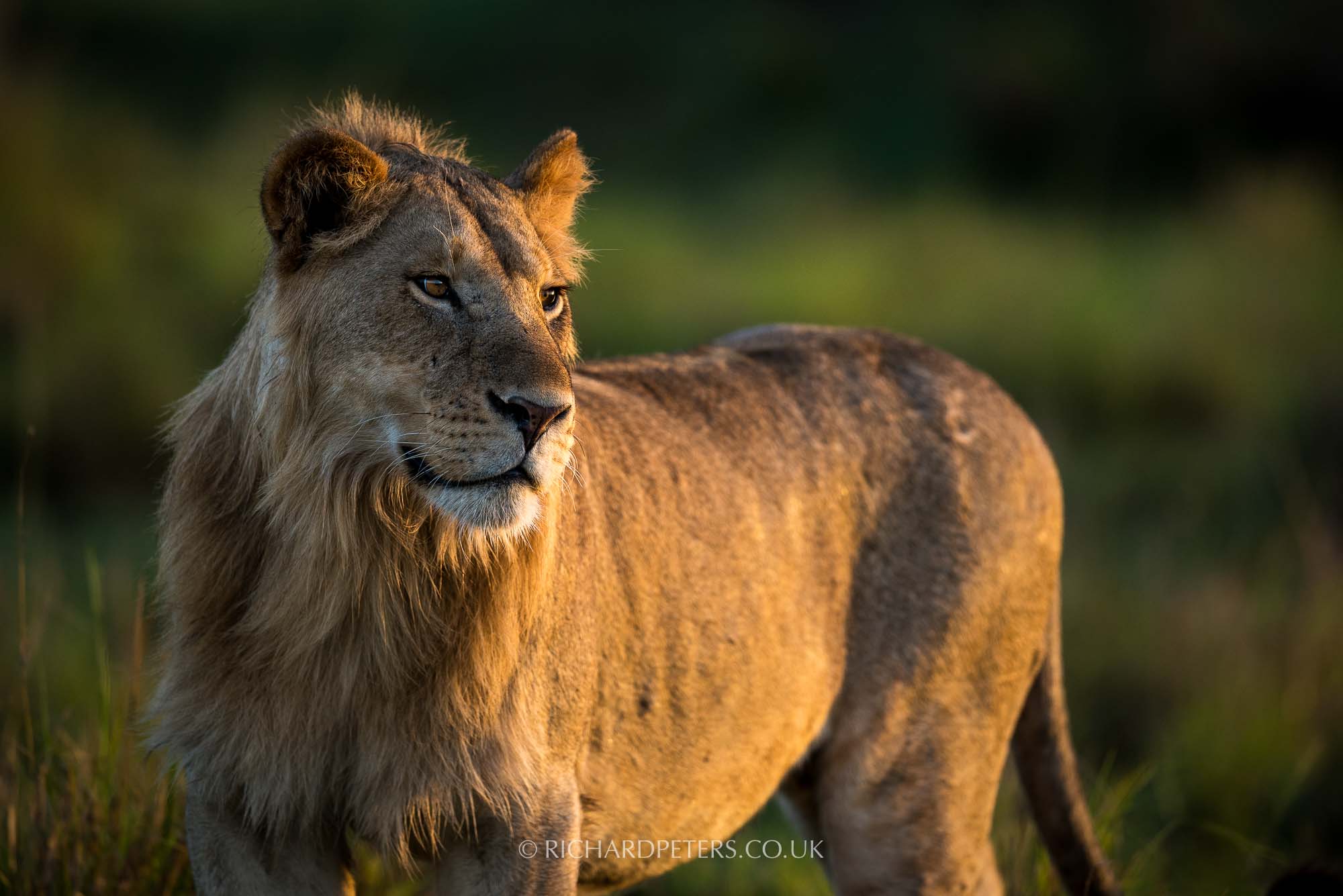
As I’ve matured as a photographer, I find myself shooting less but shooting smarter and thinking more about the images I take, before I take them. The D810 has suited this considered approach perfectly and also led me to reconsider my lens choices. After many years of transporting the larger 600mm around, it fell to the wayside in favour of the smaller, lighter and more flexible 400E FL.
I’ve seen some of my D810 images printed 8 feet tall with this setup, including as set dressing at The Photography Show), and they easily stand up to close inspection. Simply put, it has suited me like no other camera and (at the time of writing) remains my favourite Nikon DSLR. As you may have guessed, I can’t speak highly enough of the D810, sitting proudly alongside the D3 series as my two best from the Nikon range yet. I’ve taken my favourite photos with it and used it in everything from camera traps to pouring rain to the dust of Africa. Not to mention it was also the camera I used to capture Shadow Walker, my most successful image to date.
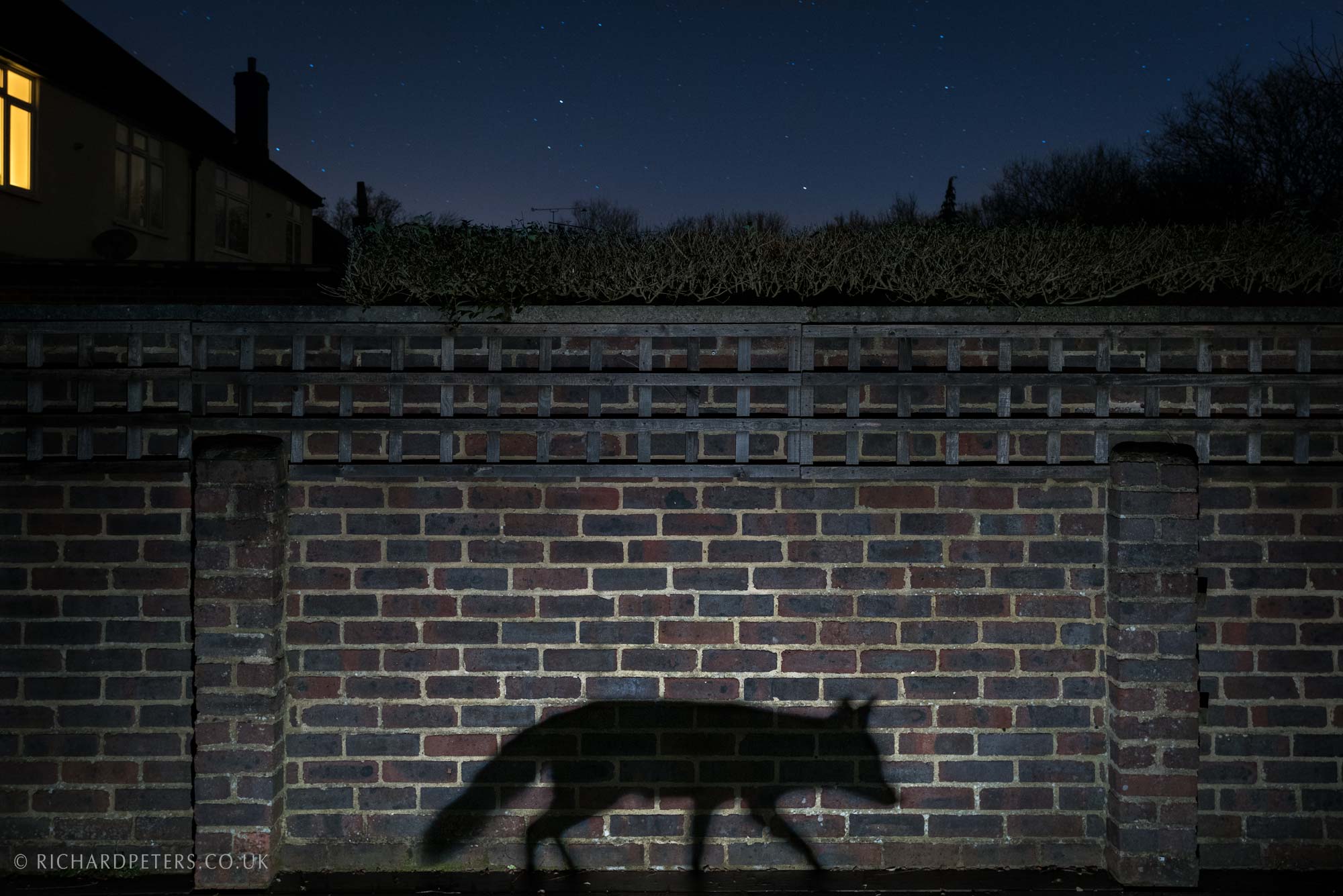
Nikon D500, released in 2016
Sensor: 20.7mp DX
Frame Rate: 10fps
Focus Points: 153
Native ISO: 100 – 51,200
Price when new: £1729 / $1999
Killer feature: Autofocus speed and coverage
Lens I paired with most: 300 PF
Did you know? The Nikon D500 has a staggering 2960% increase in autofocus points over the D100.
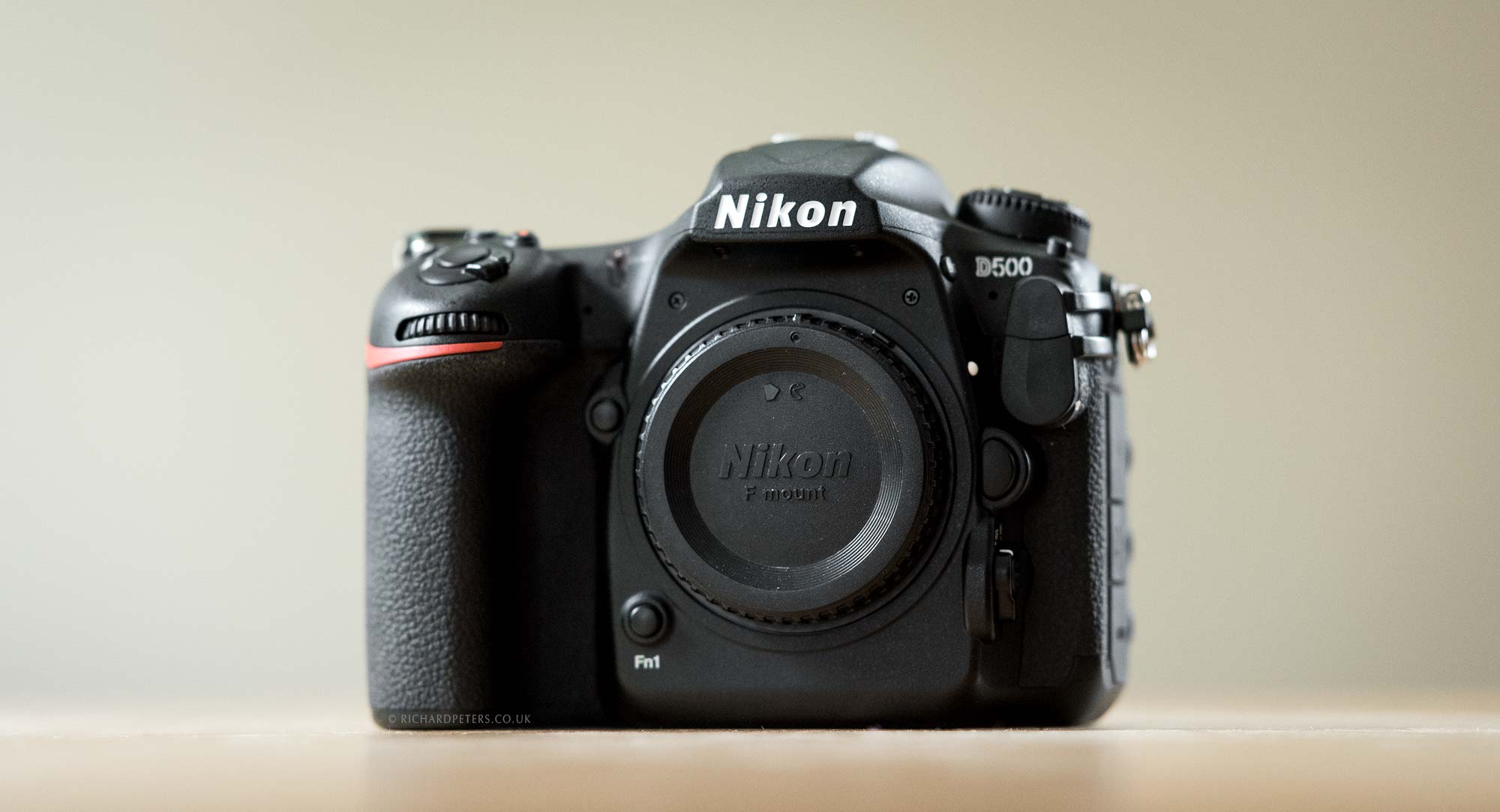
With the release of the latest evolution of Nikon’s flagship FX and DX bodies, the D5 and D500, I found my interest in DX sensors piqued once more with the latter. A true, modern, flagship DX camera had been a long time coming and proved to most certainly be worth the wait. On paper it offered a very good balance of speed and resolution but it was the new Multi-CAM 20k focusing system, which allowed for full width coverage of the frame on DX, that I was especially keen on. Over the years, there have been countless times I’ve had to focus and recompose a shot. That’s not always practical with wildlife and moving targets, so having such a wide reaching selection of AF points is incredible.
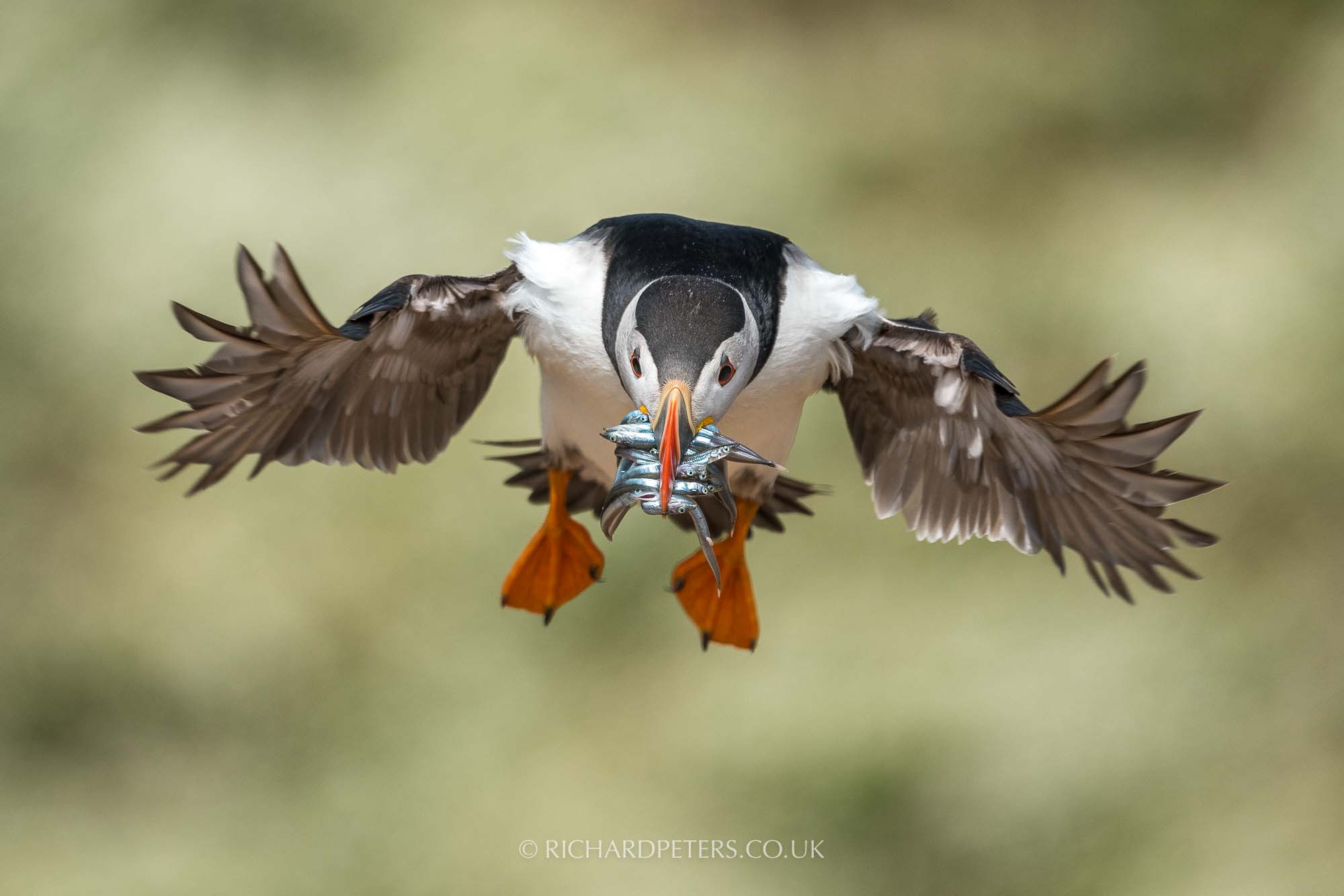
The D500 speed and focus helps capture fast action.
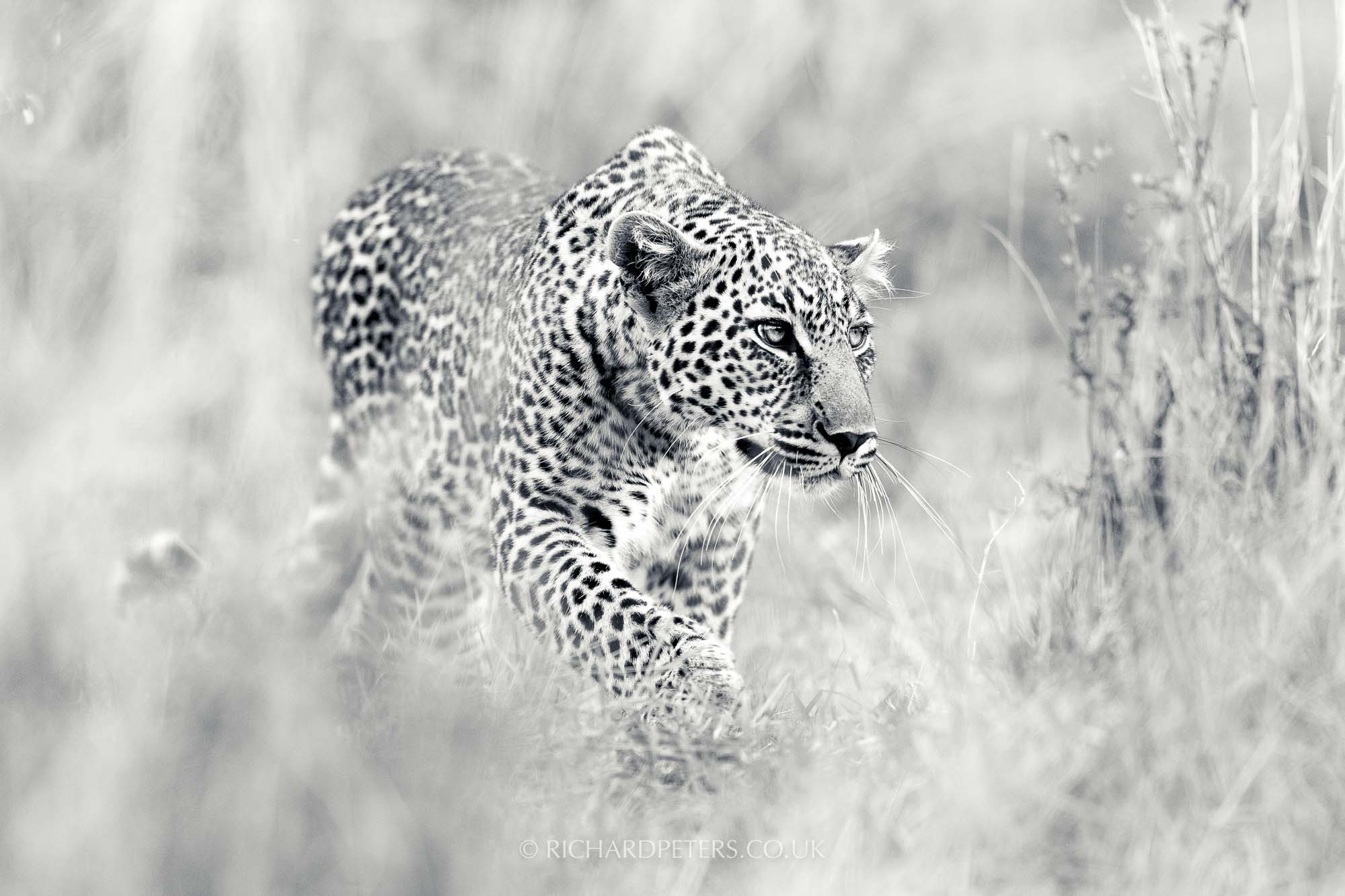
From the word go, I’ve considered the D500 to be the best general purpose wildlife photography camera available. Combined with the 300 PF, which is in itself one of Nikons best lenses, and you have a phenomenally powerful and lightweight setup. The D500 also brought with it a few changes to button layouts, which happen every new generation, and other features such as the removal of the pop up flash (which I personally love) and a new tilting screen. Admittedly I wasn’t too keen on this initially, considering it to be something that offered a weak point in the build. In practice though, I’m a convert, big time. The screen has made it much easier for me to get low level shots in situations that would otherwise have been impossible, or very difficult. Technically, the D500 is by backup camera for situations where I need the speed, which isn’t that frequently. However, to simply call it my backup is a huge injustice because it really is one of the most capable cameras I’ve used.
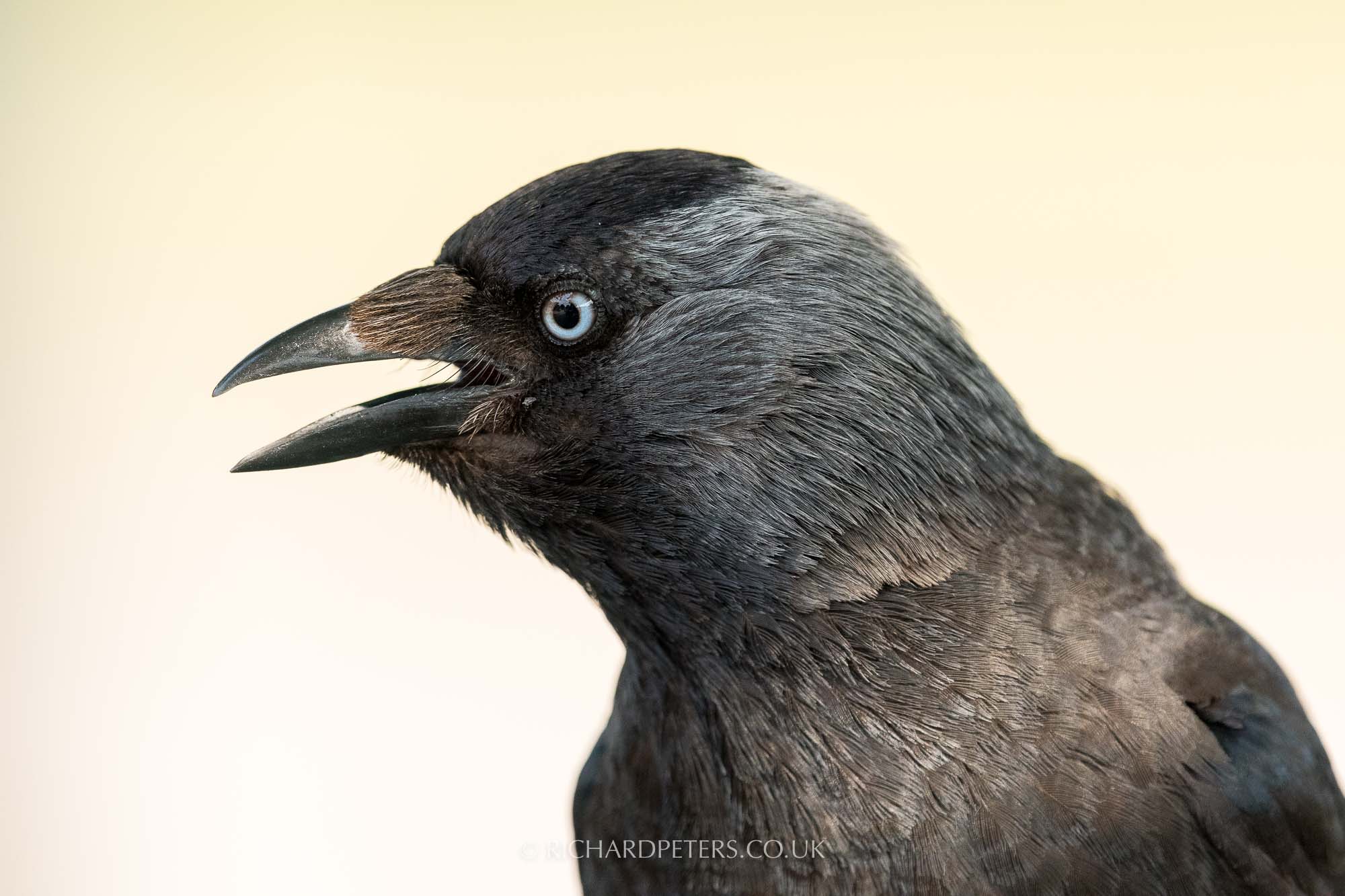
Paired with the 300 PF, the D500 makes a very flexible, compact setup.
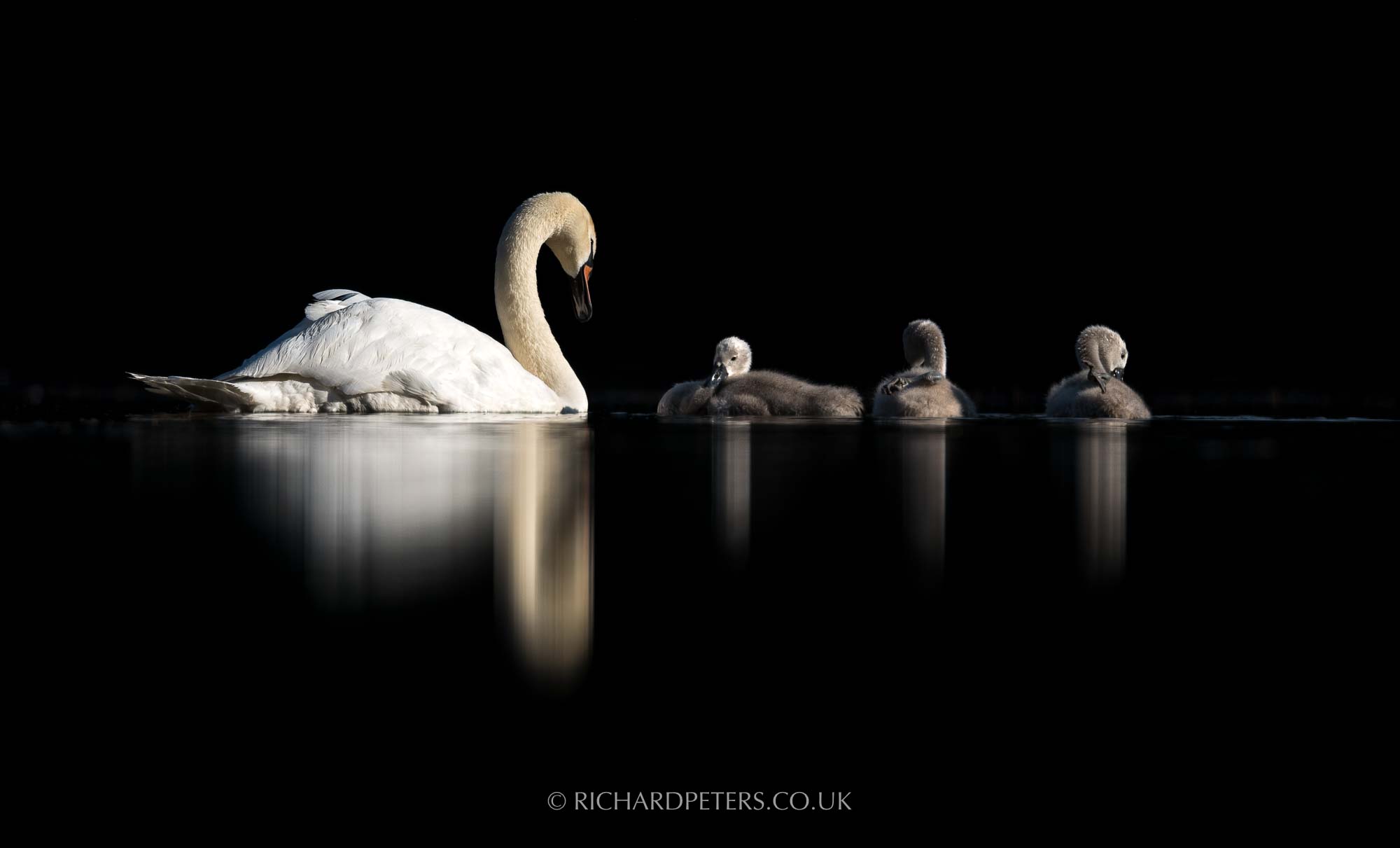
The D500 tilting screen allows for easier low level shooting.
My time with the D500 has been relatively brief so far, as I’ve not had it that long. Most recently however, I used the D500 to shoot a cover image for Digital SLR Photography magazine, here in the UK. It was part of a special issue, celebrating the Nikon 100 year anniversary. You can see how that image turned out and printed at ISO 10,000 by watching this video.
Nikon anniversary: D100 versus the D500, how 14 years of technology has shaped the DX camera range.
Whilst looking at these nostalgic facts for this post, I thought it was quite fun to compare my first and latest DSLR’s, the D100 and D500. They are technically both the flagship small body DX models available at their respective times so, I thought it might be fun to compare a few other key specs and see just how 14 years of technology has improved things. One thing is for certain, technology has certainly made it far easier than ever before in assisting to capture wildlife photos. The days of blaming the camera are long behind us…
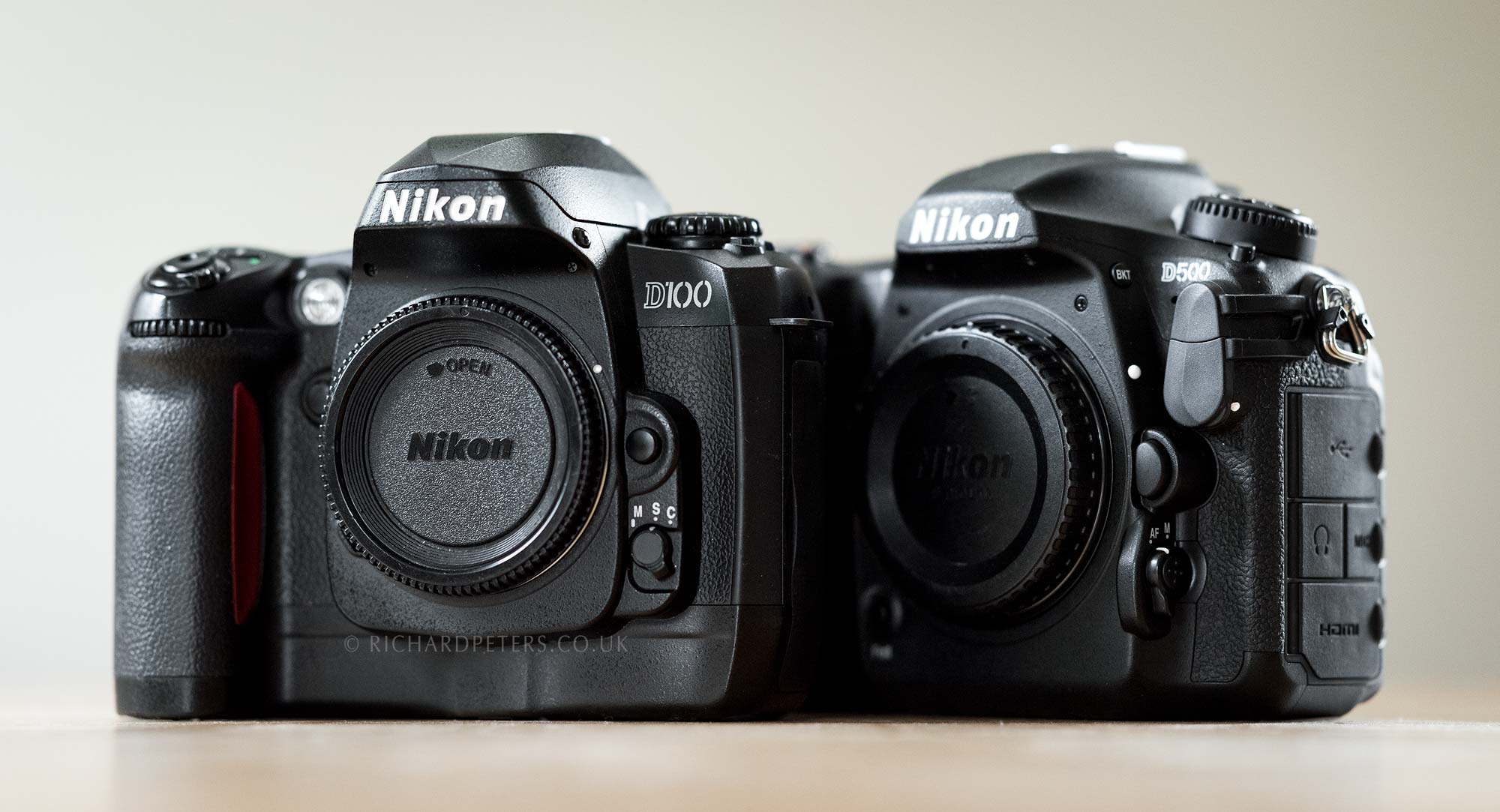
The small body DX sensor kings, 14 years apart.
233% increase in frame rate
With 3fps shooting speed and slow buffer, in the 5 seconds it would take the D100 to capture and write to card 4 RAW files, the D500 with its 10fps, will have taken and written just shy of 50 RAW files. That’s roughly a…
1000% increase in photos in the same period of time, with files that are…
239% higher resolution
Going from 6.1mp to 20.7 might seem like the smallest jump of them all. However it’s not just more pixels we have to consider, but also that there are huge gains in dynamic range and those extra pixels come with a…
3100% increase in high ISO
With the D100 topping out at 1600 versus the D500 at 51,200 that’s a significant boost in ISO performance.
[clickToTweet tweet=”100 years of Nikon: The D500 has a 2960% increase in autofocus points over the D100.” quote=”100 years of Nikon: The D500 has a 2960% increase in autofocus points over the D100.”]
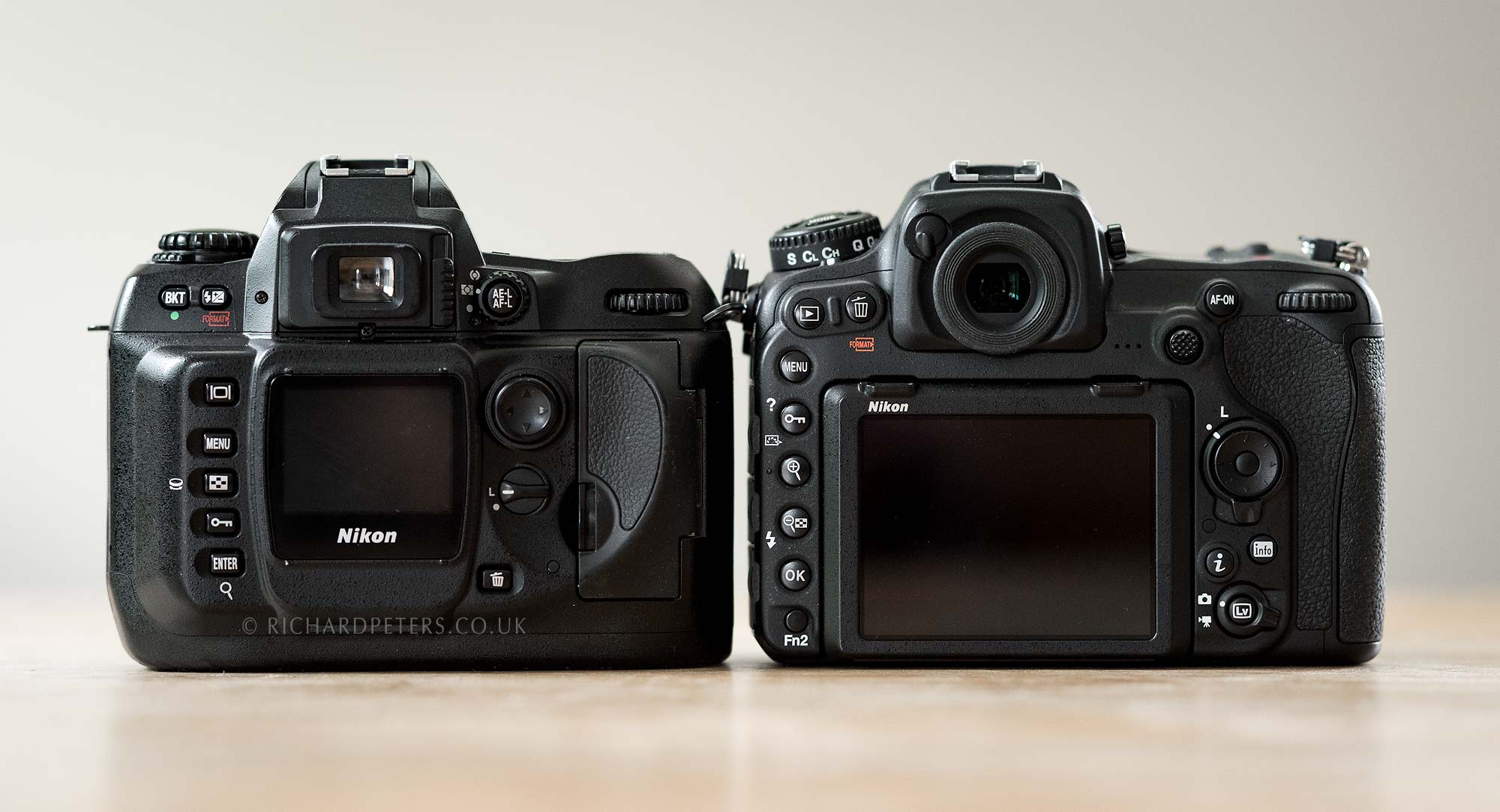
Summing up retro vs modern: D100 vs D500 rear screens.
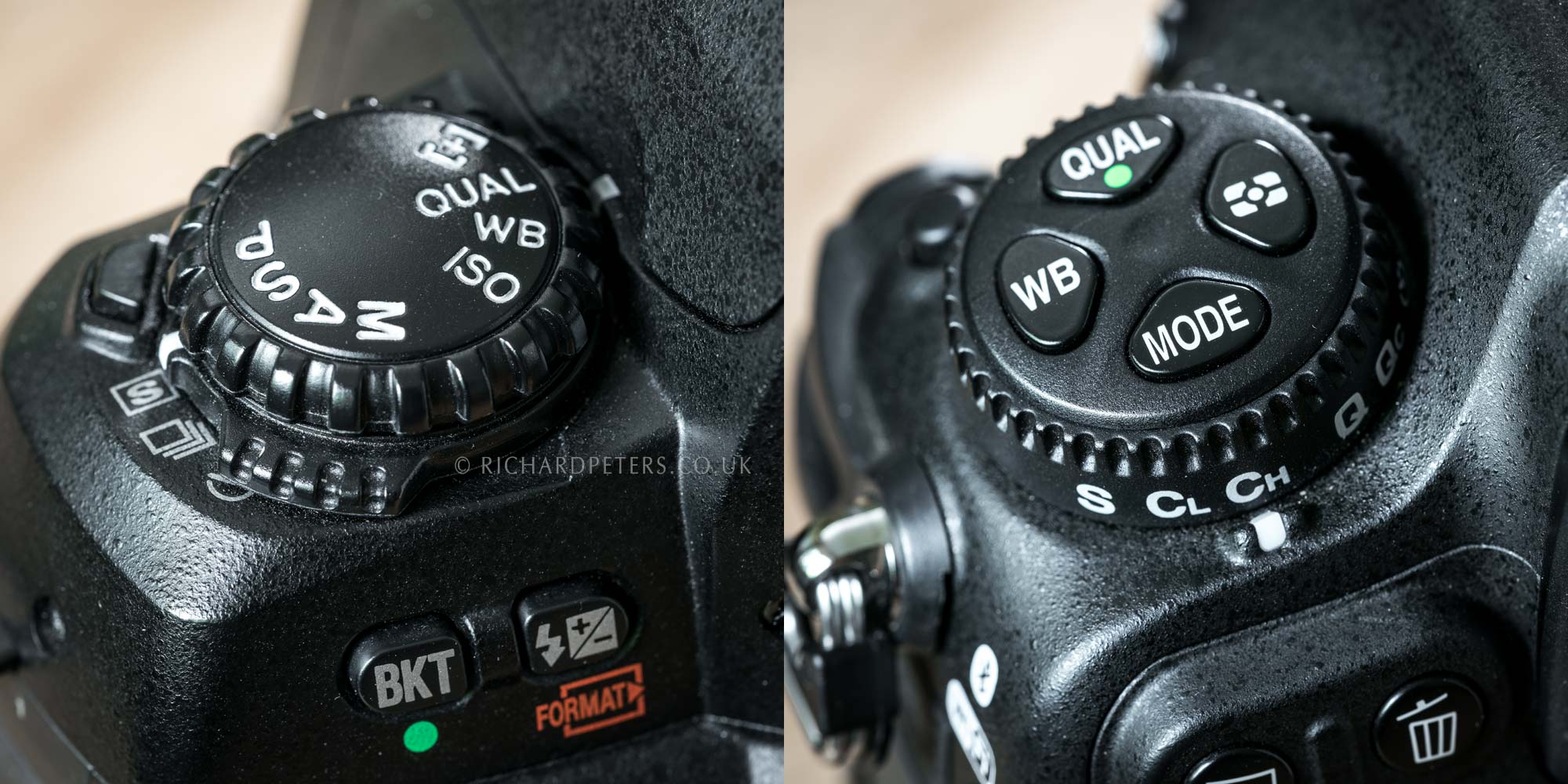
The evolution of controls from the D100 to D500
Going beyond those impressive stats, it’s good to see how the styling has evolved over the years too. The 1.8″ screen of the D100 looks comical next to the 3.2″ touchscreen of the D500 but it’s also interesting to see the subtle changes to button ergonomics in terms of placement, shape and size. Looking at the control wheel top left is most telling. The more modern and logical control layout of the D500 shining through, after many years of refinement from the early days of the D100. What is quite remarkable though, is despite looking very dated now, in the hand the D100 body doesn’t feel that awkward or unfamiliar. Like I said at the start of this post, Nikons ergonomics have, on the whole, always been on point.
Whether you’ve been around longer than I and it’s jogged a few memories. Or, you’re new to photography and possibly read about some of the older DSLR’s for the first time, I hope you enjoyed this Nikon anniversary post and little trip down memory lane. I had great fun writing this and reminiscing on the cameras I’ve used over the years. It was a great dose of nostalgia, especially holding the D100 and D500 side-by-side and marvelling at 14 years of evolution.
Thanks for the memories Nikon and happy 100th anniversary!








